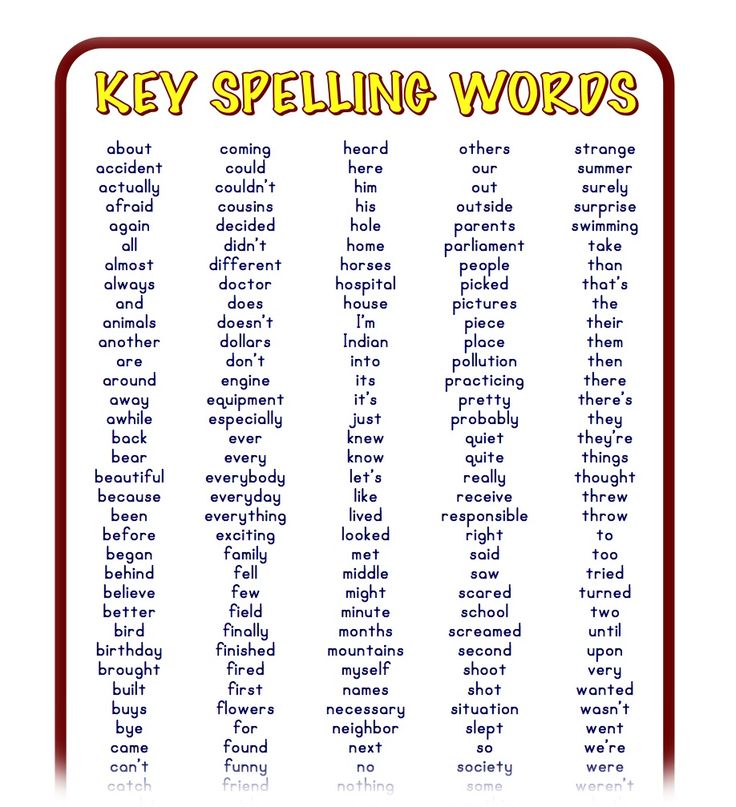How can i help my child with spelling words
How to teach spelling words so they stick
Most children begin to learn English spelling words and spelling rules in the first and second grades, at the same time as they are learning how to read and write. And while being able to spell is not necessarily a reflection of a child’s intelligence, it’s a skill that is important to master.
That’s because poor spelling habits will follow a student as they move into higher grades and their vocabulary grows. Misspelled words are distracting for teachers who are correcting assignments and can be embarrassing for adults who still make mistakes in professional communication.
More importantly, problems with spelling can alert teachers and parents to the presence of an un-diagnosed learning difficulty, such as dyslexia.
In a language in which there can be multiple ways to represent the same sound in writing, knowing the correct way to spell a word is not always evident.
There are some general patterns in English that have enabled educators to write lists of rules. However, there are also exceptions to these rules and plenty of notoriously hard to spell words.
Adult learners who did not master spelling at a young age will have fossilized errors they need to unlearn. ELL students also have the differences between British and American spelling to contend with.
For educators charged with introducing spelling words, explaining the rules, motivating learners and correcting a child’s early written work, teaching spelling may prove challenging. But with fun teaching strategies in place, spelling instruction is less tedious and can even be enjoyable, particularly when learners excel to the point of participating in whole school competitions and regional spelling bees.
How do kids learn spelling?
Kids learn how to spell in the first and second grades. Most early spelling words need to be memorized. This is particularly true of high frequency service words. Teachers will often group them in sets and provide weekly quizzes.
Rules will be explained and terms that follow the same rule may be taught together, to help learners recognize patterns.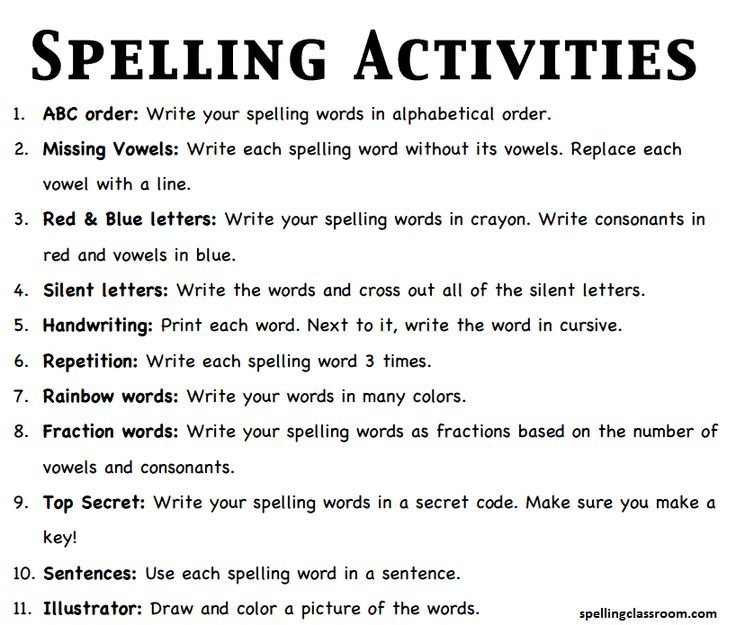 As students become stronger readers, they encounter familiar words more often. This helps them with spelling.
As students become stronger readers, they encounter familiar words more often. This helps them with spelling.
The more students use their words in writing activities, the greater the chances they will learn them by using the correct form, referencing it or making a mistake which they must later correct.
Sound-letter mapping
Children spend the first few years of life learning how to speak their native language. They acquire a certain amount of words in their vocabulary and then begin learning the alphabet and phonics.
In this way, they can identify the sounds words contain and match them to letters and letter combinations. These are essential pre-literacy skills that every child needs in order to start reading and writing.
As spelling involves sound-letter mapping, some words can be spelled by ear.
However, this requires learners to be able to hear every sound the word contains. Not everyone can do this. Children who have a hearing impairment, which often occurs in kids with Down syndrome, may struggle with spelling because they simply cannot pick out all of the sounds in a word.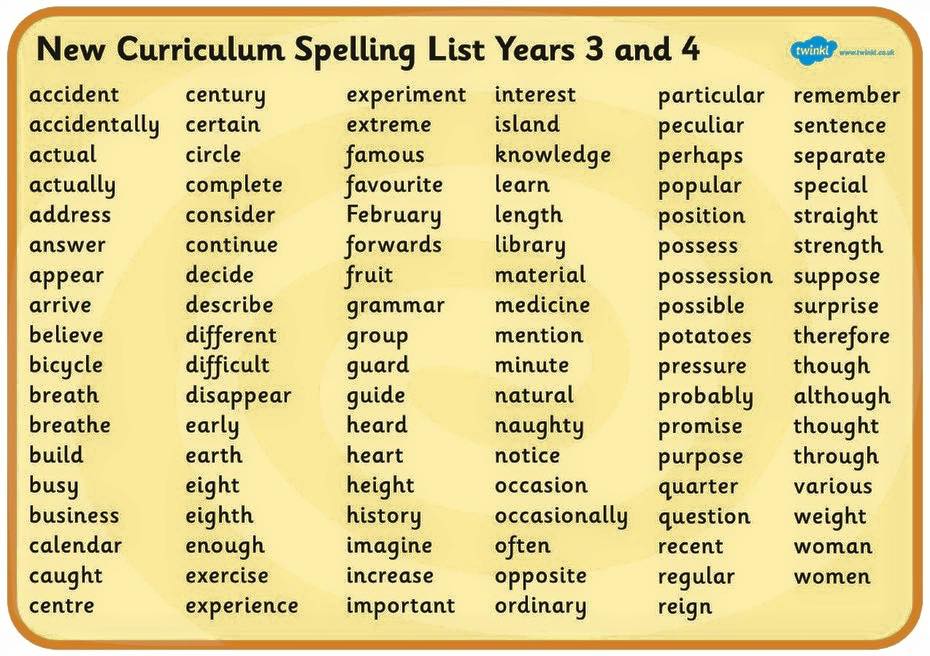
Identifying phonemes is also a particular challenge for children with dyslexia.
Dolch words
Many early spelling words come from the Dolch list, a selection of terms that make up 50-75% of all of the text in children’s books and school materials.
Also called Sight Words, learning to recognize and spell these words makes it easier for kids to focus on harder and less frequent terms in reading and writing activities. Made up of prepositions, verbs, adverbs, adjectives and conjunctions, there is an additional list of common nouns that teachers may choose to introduce. Learn more about teaching Sight Words in this article.
Tips for teaching spelling
Let them get creativeBreak out the construction paper and markers. Alternatively, have students cut out letters from magazines and make a ransom note style collage of words. Learners might even create posters containing different illustrations of the words on their list. The more cognitive attention given to the task and the more fun they have, the more likely a word will be remembered.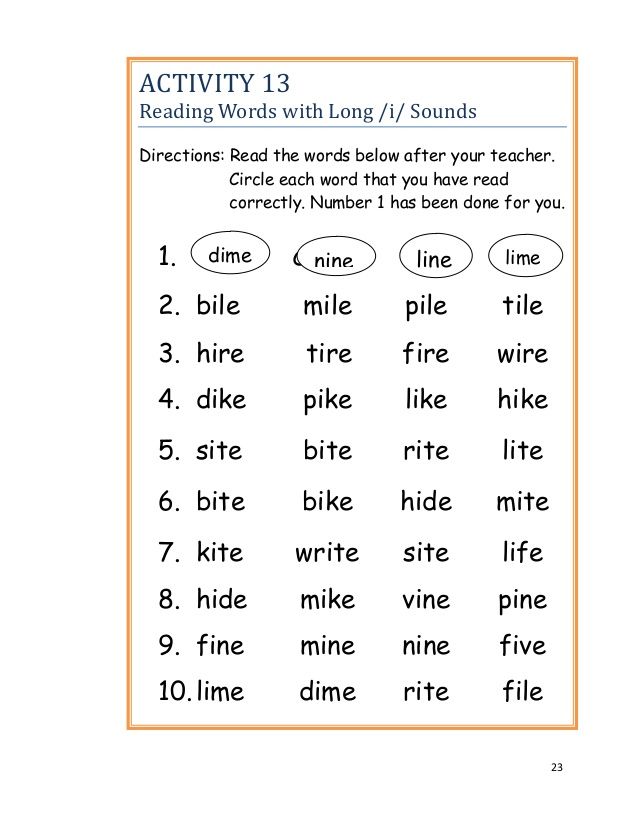
Rote practice and memorization may be boring but they can do the trick when it comes to focus on form. Having students copy a word multiple times helps. However, if a student struggles with handwriting, such as in dyspraxia and dysgraphia, it may be better to have them type the words on a computer.
Encourage readingThe more learners see a word spelled correctly, the easier it is for them to transfer knowledge of form into long-term memory. Find stories that contain repeat examples of the words on your spelling list. You might even write up a worksheet and have kids underline or star the terms they recognize.
Spell the word out loudSay words out loud and spell them out loud too. This encourages students to do the same. When kids spell out loud it helps them internalize the correct order of the letters using their ears as well as their eyes. This is also a good strategy for children who struggle with learning difficulties and helps in preparation for competitions like spelling bees.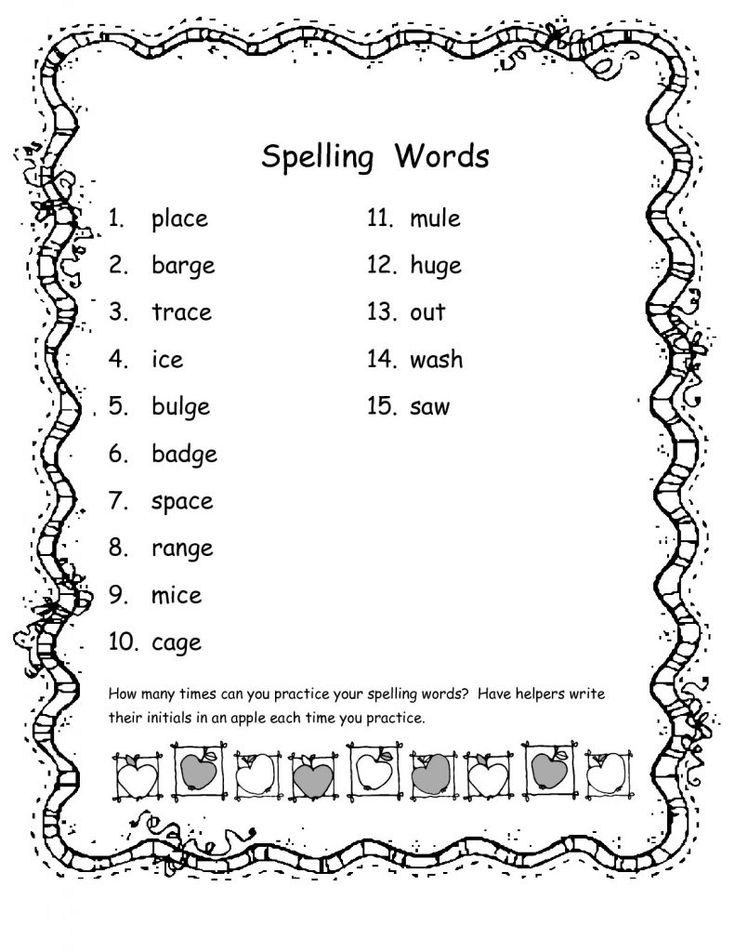
Put up as much print as you can manage in the classroom. Words that are in a child’s environment will be received as passive input, which over time will transfer to active knowledge.
Play games to practiceCrossword puzzles and worksheets are great for homework or quiet activities but getting the whole class involved in games such as hang-man, is even better. Why? Because students will be motivated to spell the word correctly in order to win. Delivering answers will also necessitate both written and spoken responses. Some games will also give them a chance to evaluate their fellow students’ responses and correct any misspelled words.
Teach typingA great way to practice spelling is through a typing course. Students type and spell words over and over until they learn which letters keys represents, and how to reach for them in sequence. Typing gives students a chance to revise words they’ve already learned and learn the spelling of new words.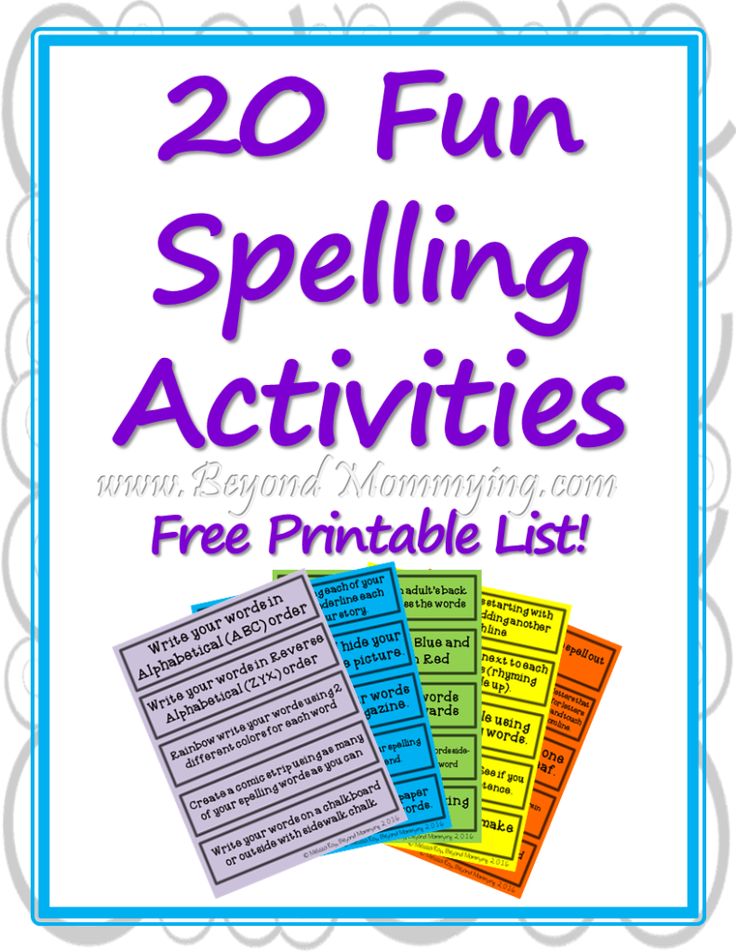 They do this with the help of muscle memory in the fingers.
They do this with the help of muscle memory in the fingers.
A multi-sensory approach like Touch-type Read and Spell's will also help with grapheme-phoneme mapping and strengthen reading skills.
Explain mnemonicsSome hard to spell words can be made easier for students if they use a mnemonic device to remember the spelling. This may entail inventing an anecdote where characters in the story stand for the letters in a word. A student may also want to use images that correspond to letters, to help them remember the spelling.
Knowing how to recognize dyslexia
It is crucial to catch learning difficulties early on to prevent a child from falling behind his or her peers and help kids reach their full potential in the classroom. Students with dyslexia may have a hard time spelling words their classmates find easy.
They may reverse letters in handwriting activities or spell a word correctly one day and incorrectly the next. While spelling is impacted, dyslexia can also have serious implications for reading.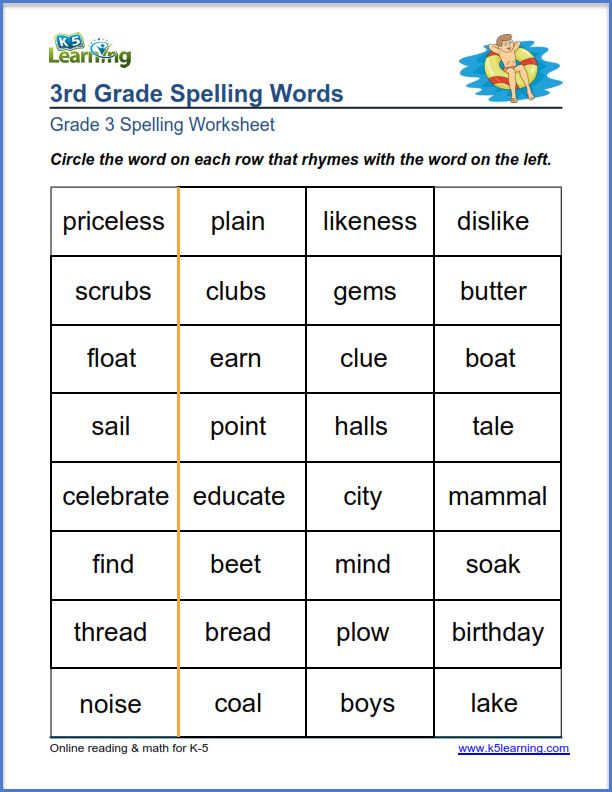 Learn more about spelling strategies for dyslexic students in this article.
Learn more about spelling strategies for dyslexic students in this article.
Students who struggle with spelling
Having excellent spelling skills doesn’t necessarily mean a child is smarter than other kids. Nonetheless, learning good spelling habits from the start is important.
For students who struggle with spelling, working through a typing course can be just the ticket to improving their skills and gaining more self-confidence and motivation along the way. That’s because students can practice their typing in and outside of the classroom. Moreover, typing is thought of as more of a computer skill, which is less embarassing than needing extra help for spelling.
A modular course, like TTRS, is made up of individual units that students can repeat until they have learned the material. This gives learners the chance to overlearn spelling, which may be exactly what they need. They can also learn at a pace that is just right for them. Learn more about teaching kids to type and give TTRS a try today!
Learn more
If you like this article, you may also be interested in: 3 Causes of spelling difficulties, How to help with spelling, and Developing strong spelling skills
Do you have any creative tips on teaching spelling words? Join the discussion in the comments!
11 Research-Based Spelling Strategies Parents Can Try at Home
Preface: In this article, you will find a variety of fun and engaging ways to implement research-based spelling strategies such as:
- teaching phonemic awareness, (a strategy to help students understand letter-sound correspondence and the individual parts that make up words)
- teaching morphological awareness (understanding/recognizing similar chunks in words, word families, and word parts)
- utilizing the whole-word approach (memorizing the spelling of a word without needing to understand the individual parts that make up the word)
- utilizing the rule-based strategy (teaching explicit spelling rules)
- implementing multi-modal teaching, which allows students to learn information through a variety of modes (e.
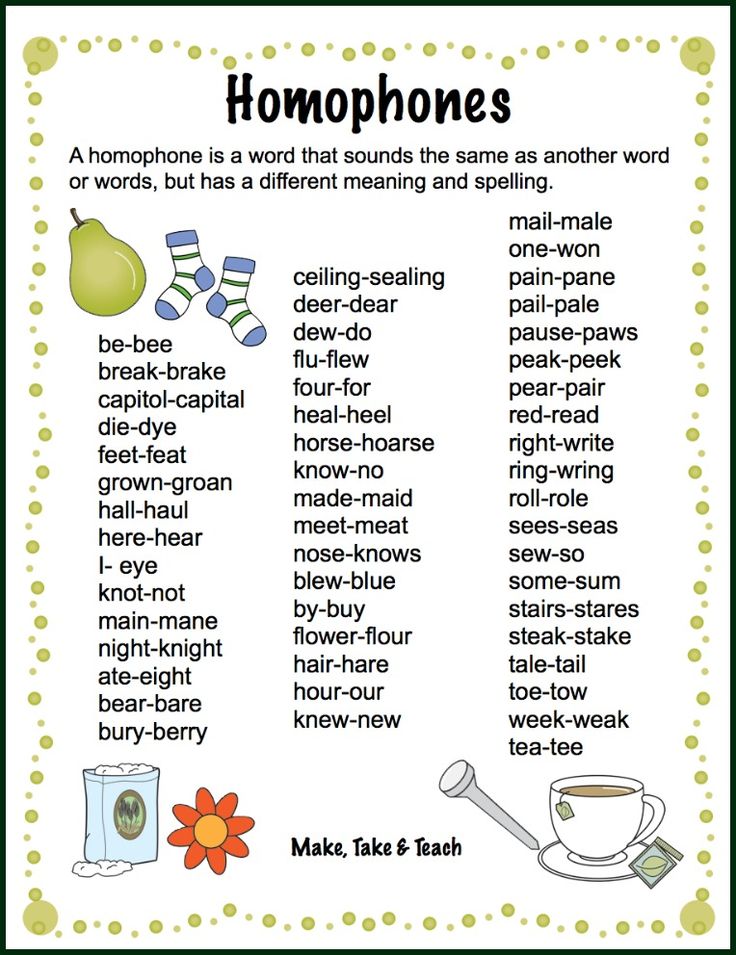 g., seeing, feeling, hearing, creating)
g., seeing, feeling, hearing, creating)
Keep in mind that the strategies in this article are recommendations. Please do not try to pressure a child into using all or any of these strategies. This can lead to frustration which can turn your child off to spelling practice.
Every child is different and you have to examine their level and frustration tolerance when imposing academic tasks. For suggestions on ways to encourage children to complete tasks or assignments they do not want to do, see 3 Ways to Use Timers to Motivate Children and How to Use Schedules to Improve Children’s Behavior.
Common Spelling Mistakes
- Using the wrong consonant (e.g., spelling cat as kat)
- Using the wrong vowel (e.g., spelling seat as seet)
- Leaving out consonants (e.g., spelling kicking as kiking)
- Leaving out a vowel (e.g., spelling plain as plan)
- Writing only one consonant, when a consonant should be doubled (e.
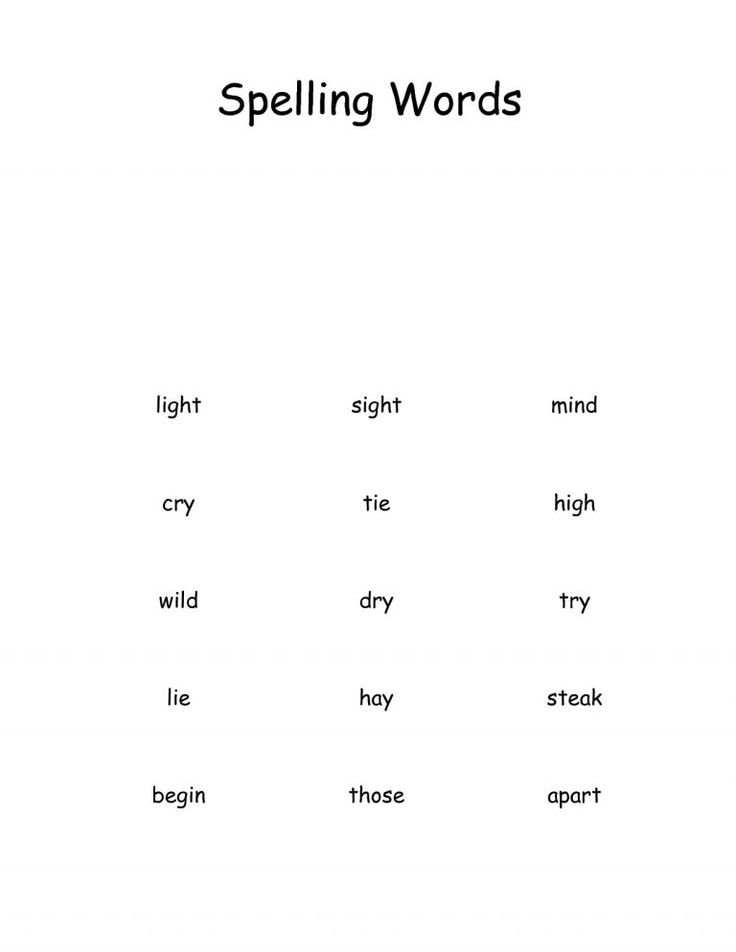 g, spelling butter as buter)
g, spelling butter as buter) - Leaving in an “e” that should be dropped (e.g., spelling riding as rideing)
- Reversing letters (e.g., spelling foil as fiol)
- Leaving out the ”silent e” (e.g., spelling kite as kit)
- Using ys instead of ies (e.g., cherrys instead of cherries)
- Spelling words phonetically when a specific suffix should be used instead (e.g., spelling vacation as vacashin)
- Using an “s” instead of a “c” or a “c” instead of an “s” (e.g., absense instead of absence or offence instead of offense)
- Forgetting rules like “i before e except after c” (e.g., spelling receive as recieve)
While the errors above are the ones I have observed most frequently in my career as a school psychologist, there are many other types of spelling errors a person can make.
11 Research-Based Spelling Strategies
1) Practice phonemic awareness.

Phonemic awareness is hearing individual sounds in words, and letter sounds.
Let your child hear what it sounds like to break words up into their individual sounds. Show them what happens when you change a sound. For example, say the sounds in pig separately (p-i-g), then say the word. Then say the sounds in big (b-i-g) and say the word.
Put it on paper so they can see the change. Talk about which sounds are different and which sounds are the same. Have your child practice breaking words apart and blending them together.
For more strategies to teach your child or students phonemic awareness and letter sounds, see 10 Fun Activities to Teach Your Child Letter Sounds and How to Teach Phonemic Awareness.
2) Allow beginners to spell phonetically.
When first learning to spell, allow children to spell words exactly as they hear them. Teach them to say each sound in a word and write down the letter or letters that represent each sound, until they have spelled the word.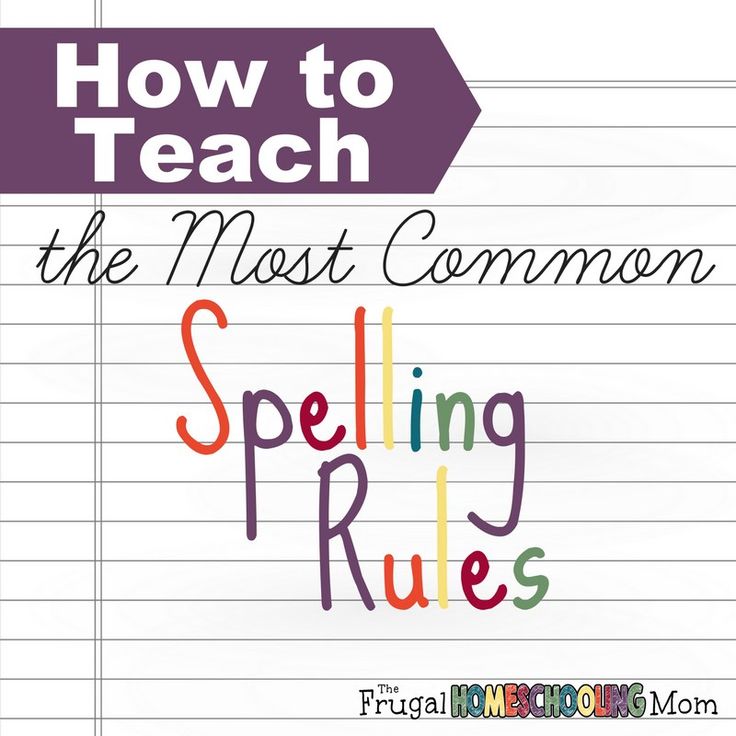
For example, they might spell lemon as l-e-m-i-n. Then review the word with them and talk about which letters they can change to make the word correct (help them figure out the correct replacement letters if needed).
You can practice this several times with different words. Let them rewrite the word the correct way and compare the changes.
For children who have trouble writing, allow them to use magnhttps://amzn.to/3b6LZLOetic letters to create the word, such as the ones below, or allow them to type on the computer if they are able to do so.
Magnetic LettersThey can also create the letters/words out of Play-Doh or Wikki Stix as shown below.
3) Teach children to notice chunks in words.
Chunks are more than one letter together that normally make the same sound (e.g., ch, sh, br, ple, all, ate, at).
Have your child practice writing several words that use the same chunks to establish a sense of word families (groups of words that have a common feature or pattern).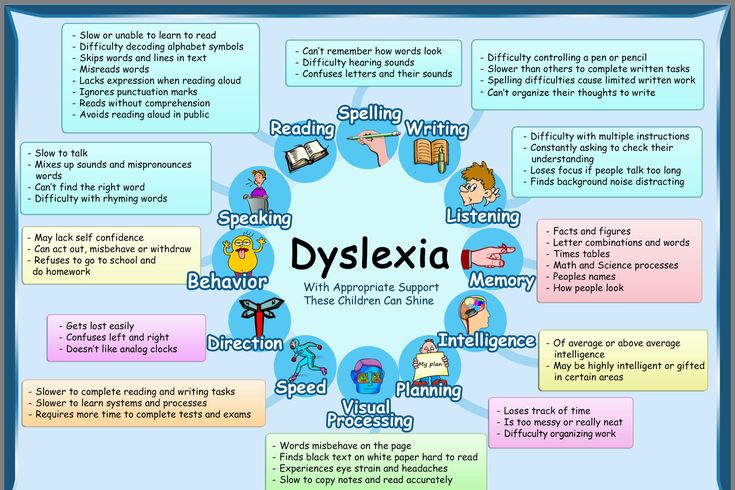
For a fun and effective way to teach sound chunks and spelling, let your children or students practice with the game Didax Chunks: The Incredible Word Building Game.
Great Interactive Spelling Games
4) Practice rhyming words.
Teach children about rhyming words and provide them with several examples. After teaching them how to rhyme, give them a word and ask them to come up with rhyming words.
Once they have the hang of it, encourage them to tell you a word and list several words that rhyme with it. Encourage them to write rhyming words down as well.
Allow them to start with a common word pattern such as “all.” Show them how adding a letter in front of “all” and changing that letter produces a list of several rhyming words (e.g., e.g. all, ball, call, fall, hall, mall, tall, wall).
Again, for children who have trouble writing, try typing, magnetic letters, or creating the words from Playdoh or Wikki Stix.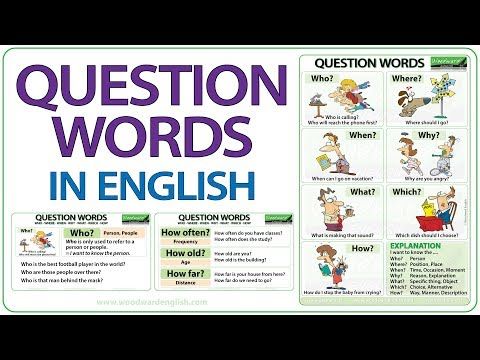
The strategies below are for students who have gotten the hang of phonetic spelling and are ready to or struggling to move to the next level; or for students who are struggling with phonetic spelling and may do better with memorization or rules.
5) Learn spelling rules.
See a list of some common spelling rules below (also known as rule-based strategies).
- Short -Vowel Rule: When a one-syllable word has a vowel in the middle it is usually a short-vowel sound (e.g., hat, set, pit , lot, nut)
- Doubling Consonants: If f, l, or s comes after a vowel, the letter is often doubled (e.g., stuff, call, grass)
- Two-Vowels Together: If two vowels are together, the first vowel usually says its name and the second vowel is not heard (e.g. seat, rain, tie)
- Silent e: When a short word has a vowel, a consonant, and then an “e” or a longer word has that same pattern in the last syllable, the first vowel is usually long and the e is silent (e.
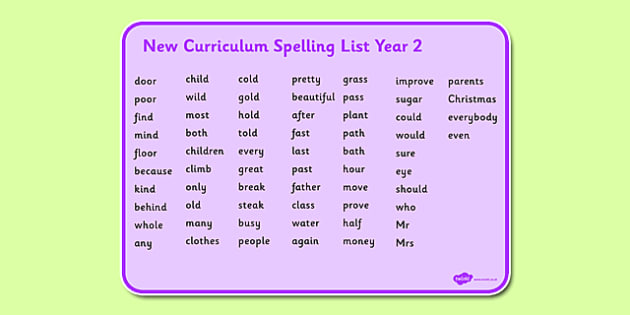 g., cake, kite, vote, mute, meditate, debate)
g., cake, kite, vote, mute, meditate, debate) - y as a long i: When the letter y comes at the end of a short word with no other vowel in the word, it makes a long i sound (e.g., dry, cry, sty, pry)
- y as a long e: When a word has two syllables and the second syllable is composed of only a y or an ey, the y makes a long e sound. (e.g., honey, money, bunny, sunny)
- I before E: The rule is “i before e except after c (e.g., receive, receipt, deceive, conceive) or when sounding like ‘a’ as in neighbor or weigh.”
- Words with “ch”: Use “ch” at the beginning of words (e.g. chair, cheese, chin) and “tch” at the end (e.g., watch, witch, patch)
These are only some of the rules in spelling. You can do a Google Search for common spelling rules to learn more.
Please remember there are always exceptions to spelling rules, meaning that these rules will not apply to every word in the English language.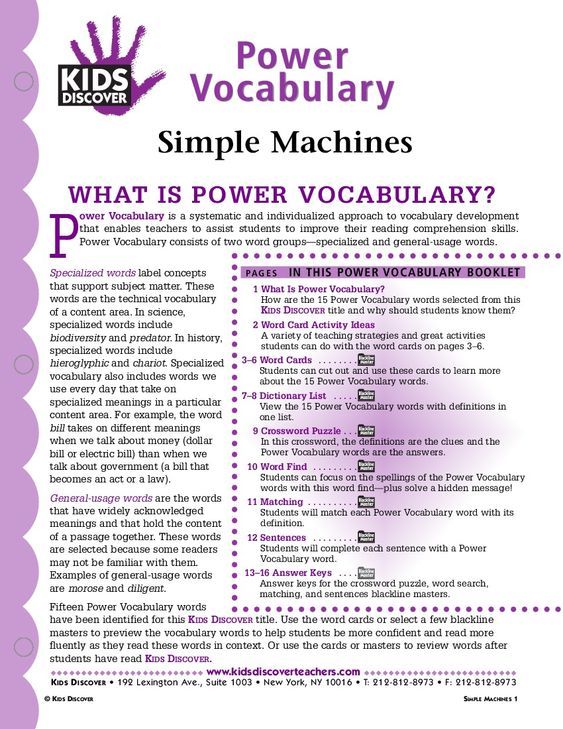
It can also be difficult and cumbersome to remember these rules. Strategies for remembering common spelling rules include the following:
- keep the rules in a place where the child/student can easily refer to them when spelling, such as in his desk or in his notebook
- discuss the rules when reviewing spelling errors with the child (for instance, if you and your child are editing his work and you see he spelled catch as cach, give him a gentle reminder “remember it is “ch” at the beginning of words and “tch” at the end” or have him read and say the rule out loud)
- after reviewing the rule, have him rewrite the word he misspelled
- make flashcards of the rules (you can do this on index cards), with the name of the rule on the front and the definition on the back as shown here.
After creating the flashcards, make a game out of it, to make it more fun for the child. For example, take turns (first you show the front of a flashcard and have your child state the rule.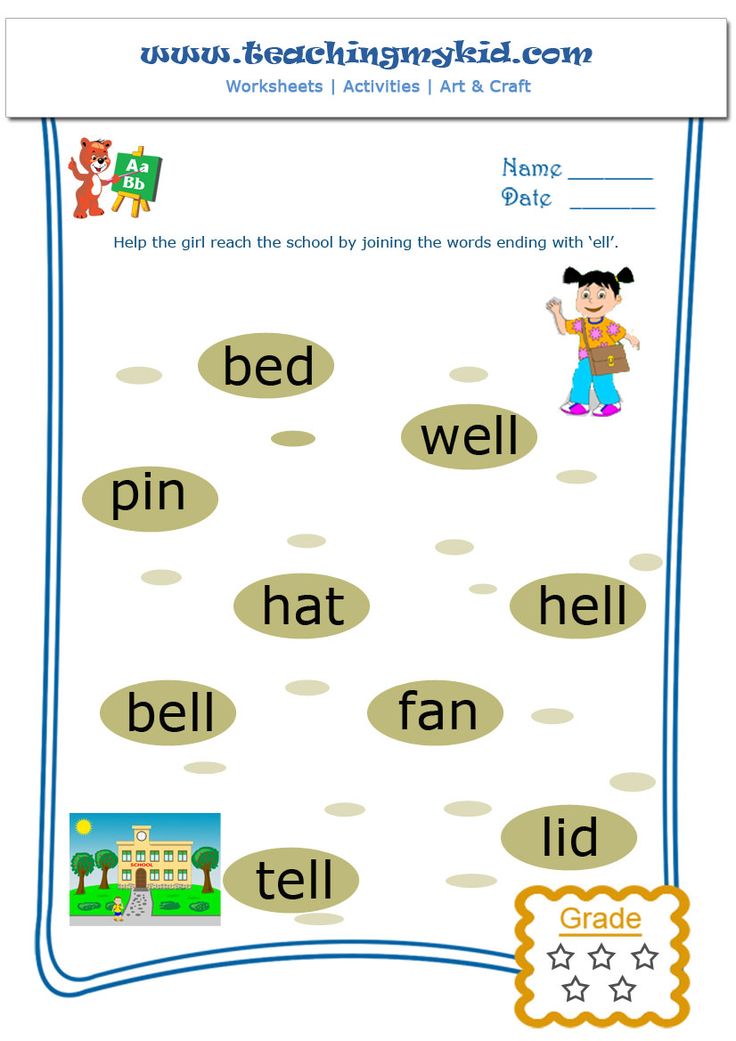 Then have him show a flashcard and you state the rule)
Then have him show a flashcard and you state the rule)
6) Teach children to use an online dictionary.
Use a site like dictionary.com. There your child can type in the word he is unsure of in the search box. If he spells the word wrong, but the spelling is somewhat close, the site will ask “Did you mean _________?”
For example, if you spell “vacashin” in the search box, a question on the bottom of the screen pops up that says “Did you mean vacation?”
7) Teach children to edit their work and use repetition.
Encourage children to review their work carefully and rewrite a word five to ten times when they find a misspelling (ten times is recommended but this may be too much for some children).
It is much easier to notice spelling errors when rereading work, than to notice them the first time around when the mistake is made.
Many times spelling errors get ingrained in one’s memory after repeating the same mistake several times. Writing the word several times in a row helps to retrain the child’s memory.
You can try to make repetition more fun by turning it into a game. To do this, take turns with the child. (e.g., have him write the first word 10 times while you watch, then you write the next word 10 times while he watches – or any other turn-taking variation).
Some children are more willing to complete this type of task when they can see a visual of how many times they are expected to write the word. For instance, number the paper 1 to 10. “After you write your words, you can pick a game to play!”
8) Show how different sounds can be represented different ways.
For example, the /k/ sound can be represented with a c as in cat, a k as in kangaroo, a ck as in kick, or a ch as in school.
9) Teach children how to test their spelling.
Create spelling lists or spelling flashcards on index cards. You can create them for your child, with your child, or encourage your child to create them himself.
You can also purchase spelling flashcards or search for free spelling lists on the internet such as the ones at VocabularySpellingCity.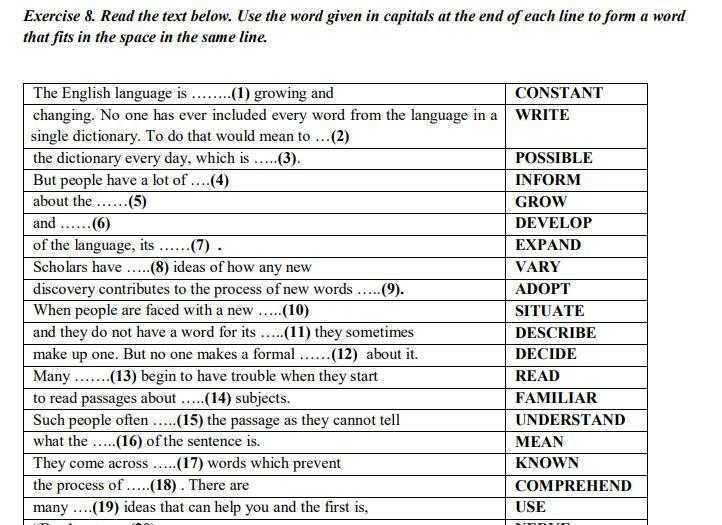 com.
com.
Teach Your Child To Test Their Spelling Using These Four Steps:
1. Look at the word and pay attention to the spelling and what the word looks like
2. Cover up the word with his hand or turn the flashcard around.
3. Visualize the word in his mind, and then spell the word aloud, in his mind, or on paper
4. Check the flashcard or list to ensure his spelling was correct. You can show your child an example of how to do this and then let him practice on his own.
10) Allow children to replace and change letters.
You can use a dry erase board or chalkboard.
For an activity, try writing a word but leaving some letters blank (have your child fill in the missing letters-providing them with guidance as needed).
For example, for the word table you could write (t a b _ e) and have him/her try to fill in the missing letter.
As your child improves, you can make it more challenging. If your child has trouble thinking of the missing letter, try giving a choice of three letters to choose from.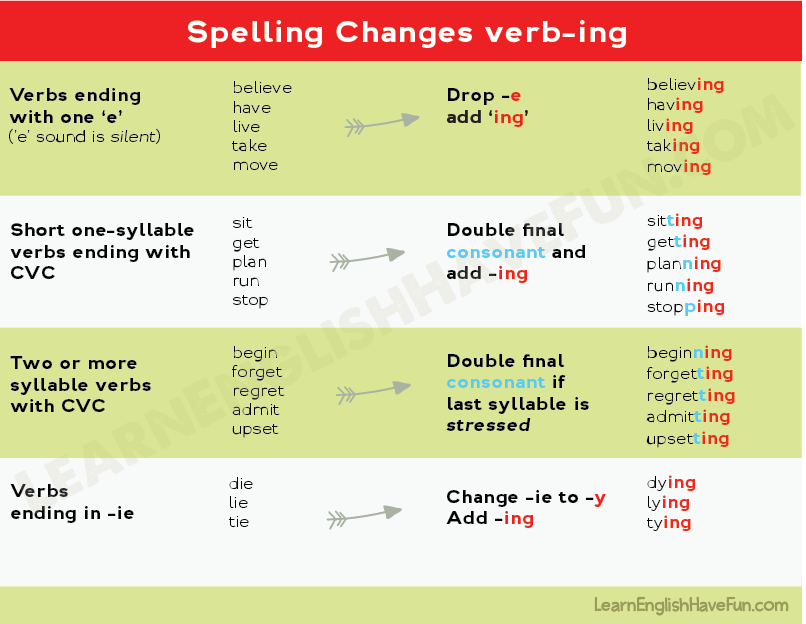
As an alternative to a dry erase or chalkboard, you can put sand in a sand tray (you can place the sand in a shallow baking pan for a tray). See an example of writing in sand below.
or in shaving cream or whip cream (as shown below)
Just like with a dry erase or chalkboard, this will allow students to write and rewrite words, make corrections, replace letters, fill in missing letters, etc.
11) Use a tablet or device.
There are several spelling apps that allow children to have fun while learning to spell or improve their spelling skills.
Also, some children who are resistant to traditional writing are sometimes willing to write on a tablet. They can write with their finger or with a Stylus such as the one shown below.
If pen/pencil grip is a concern, see How to Help Your Child with Handwriting and Pencil Grip.
Additional Tips to Improve Spelling:
Read with your child and encourage your child to read as much as possible.
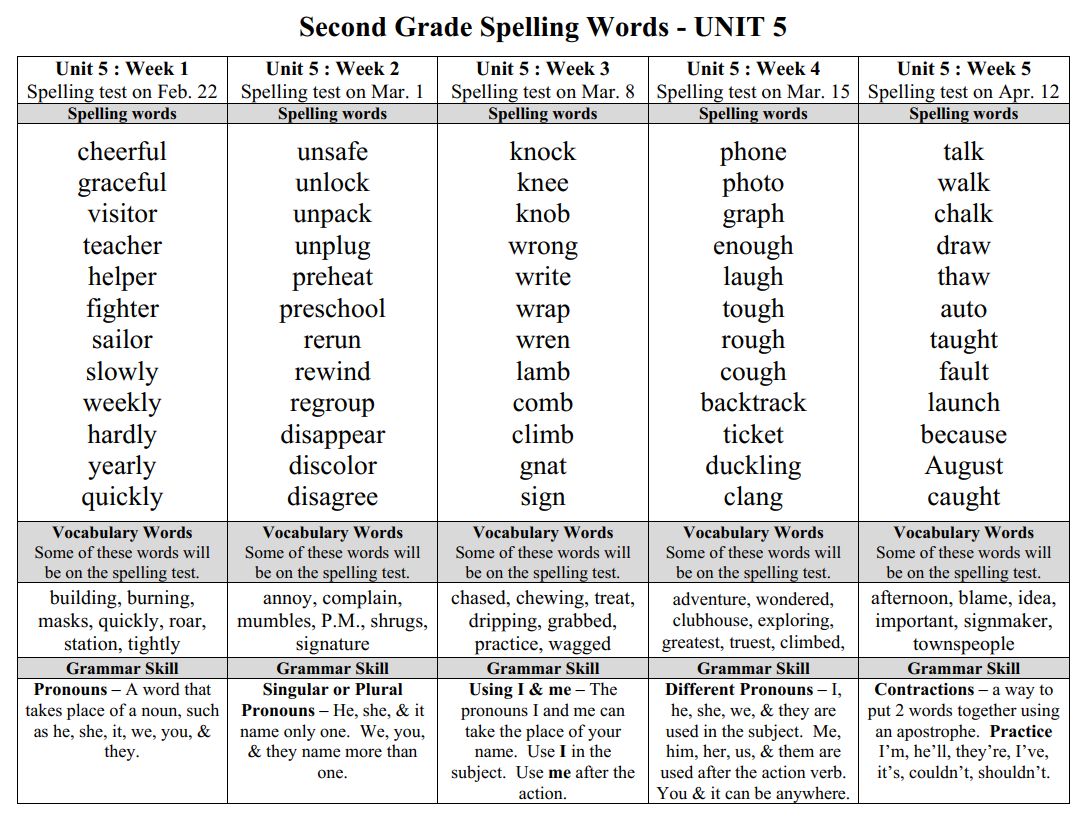
When you come across a word with a certain pattern or rule, you can point out the word to your child/students and reiterate the rule.
For example, if you see the word vacation you can remind your child that many words that end with a “shin” sound are spelled with the suffix “tion” such as creation, medication, or fiction.
If you see the word “cat” you can remind your child that several three-letter words end with “at” such as bat, hat, and, mat. Teach your child to try to pay attention to these types of patterns when reading.
Use spelling workbooks
Keep in mind that every child is different.
Some respond to several strategies, others respond to a few, while others may not respond to any of these strategies.
If your child is significantly struggling with spelling or acquiring other academic skills, despite consistent practice and guidance, talk to your child’s school and/or doctor.
They should be able to refer you to the appropriate professionals to determine what might be interfering with your child’s progress and what additional strategies might help.
Remember to always stay calm when working with a child or student, even if you think they should be getting something that they are not getting.
If you get frustrated with them, they may start to feel anxious, angry, inferior, stupid, etc. which will lead to a less productive learning session.
Keep practice sessions short (5 to 10 minutes for younger children or children who get easily frustrated and 10 to 15 minutes for older children or children who can work for longer periods without frustration), unless the child is eager to keep going.
It would really make my day if you could comment below after trying some of these strategies with a child or student. I would love to hear if you enjoyed doing the activity together and what you found most helpful.
An image of you and/or your child or student(s) completing some of these activities together would be a beautiful addition to the site so feel free to share pictures or videos if you are comfortable.
For questions contact rachelwise@educationandbehavior.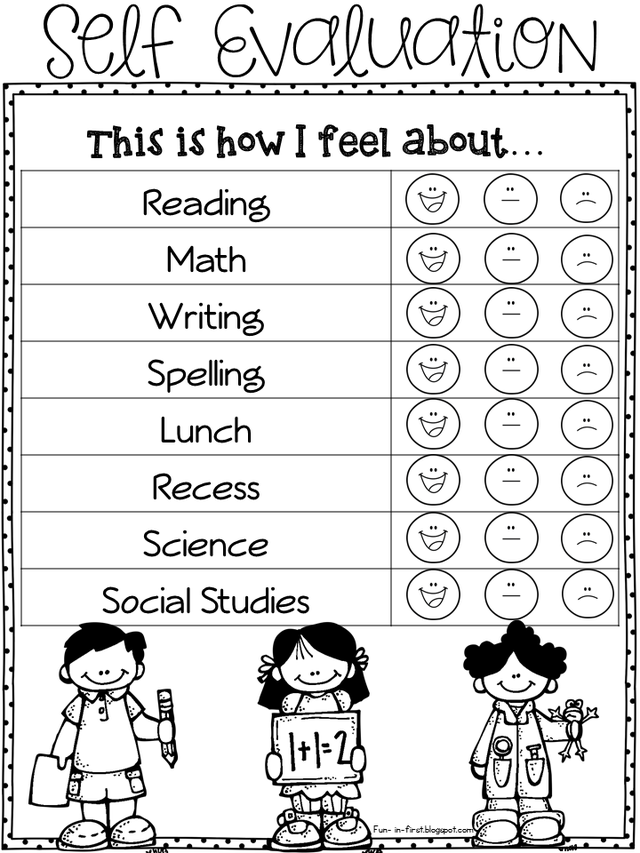 com.
com.
You Might Also Like: How to Study Spelling Words: A Spelling Strategy for Students by Reading Rockets
Video Presentation (musical/illustrated)
Narrated Video Presentation
Education and Behavior – Keeping Us on the Same Page for Children
Rachel Wise
Rachel Wise is a certified school psychologist and licensed behavior specialist with a Master’s Degree in Education. She is also the head author and CEO at educationandbehavior.com, a site for parents, caregivers, educators, counselors, and therapists to find effective, research-based strategies that work for children.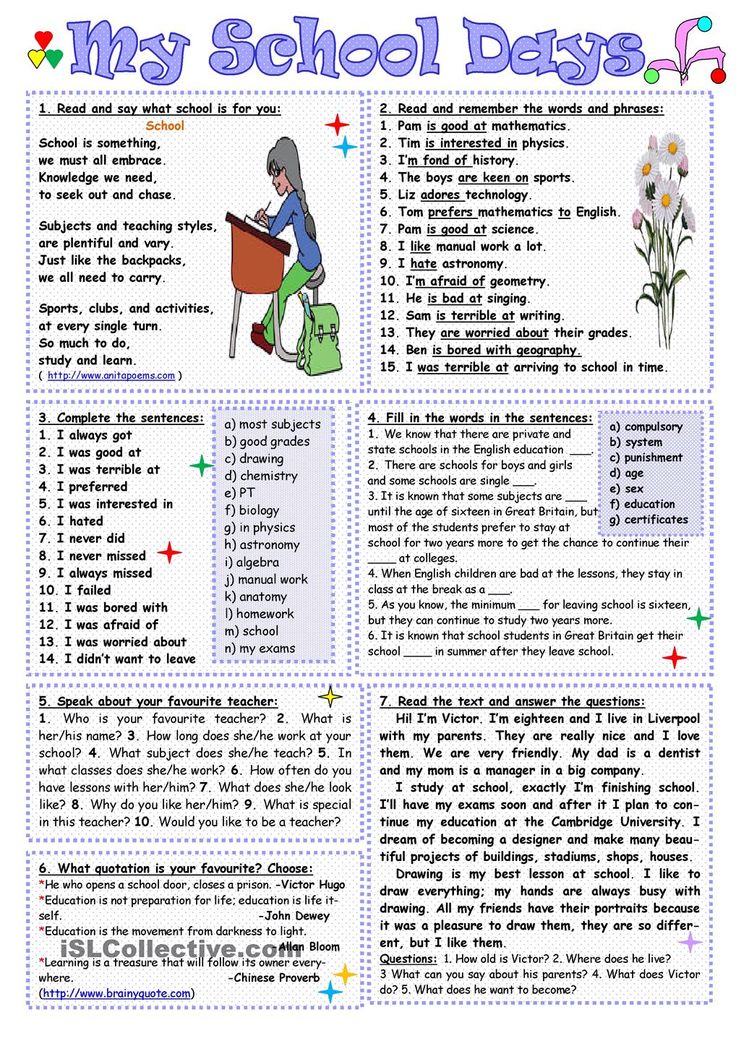 Rachel has been working with individuals with academic and behavioral needs for over 20 years and has a passion for making a positive difference in the lives of children and the adults who support them. For Rachel’s top behavioral strategies all in one place, check out her book, Building Confidence and Improving Behavior in Children, a Guide for Parents and Teachers. If you want Rachel to write for your business, offer behavioral or academic consultation, or speak at your facility about research-based strategies that support children, email her at [email protected].
Rachel has been working with individuals with academic and behavioral needs for over 20 years and has a passion for making a positive difference in the lives of children and the adults who support them. For Rachel’s top behavioral strategies all in one place, check out her book, Building Confidence and Improving Behavior in Children, a Guide for Parents and Teachers. If you want Rachel to write for your business, offer behavioral or academic consultation, or speak at your facility about research-based strategies that support children, email her at [email protected].
www.educationandbehavior.com
Like this:
Like Loading...
How to teach a child to read? Quick reading by syllables and whole words
How to teach a child to read? The question of how to properly and effectively teach a child to read quickly, every parent asks himself sooner or later. This is normal and correct. It is much worse when a parent absolutely does not care how fast and how well his child reads.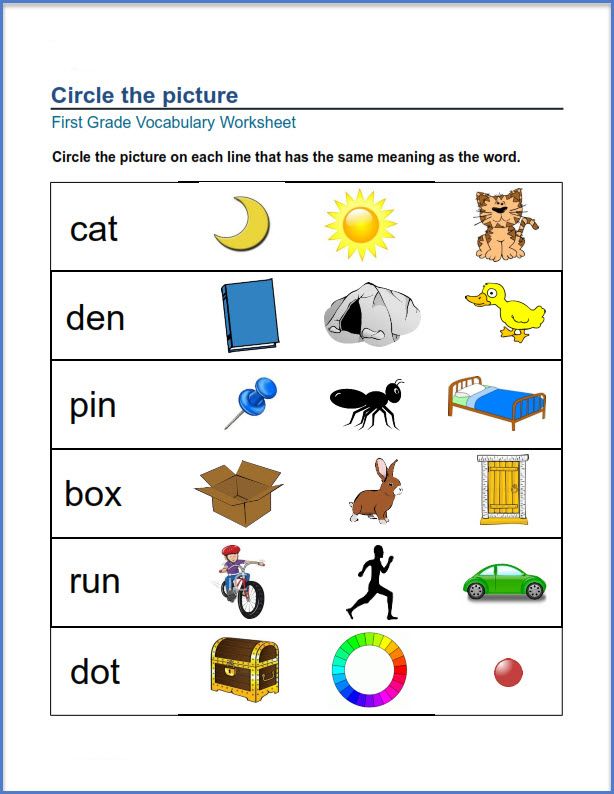
Study the article and separately pay attention to the workbooks to learn how to teach a child to read. Plus, do it quickly, in a fun way and interesting for your baby.
Content:
Why teach a child to read?
Basic principles of teaching
Exercises for teaching children speed reading
How long does it take to teach a child to read?
How to teach a child to read at 3-4 years old?
How to teach a child to read at 4-5 years old?
What to pay attention to when teaching reading at 5-6 years old?
How to teach a child to read in grades 1-2?
Techniques for teaching reading in grades 3-4
Notebooks for developing reading skills in children
Learning to read by syllables
Syllabary table. Download for free or buy
Learning to read in whole words
How to teach reading if the child is against it?
Learning to read in a short time
Learning to read at home
How to teach a child to read in a playful way?
Conclusions
The whole point of this article and workbooks for the development of fluent reading very briefly 🙂
The whole article in a few sentences
All books, articles and workbooks that are designed to help you teach your child to read fluently and consciously are based on a few simple rules.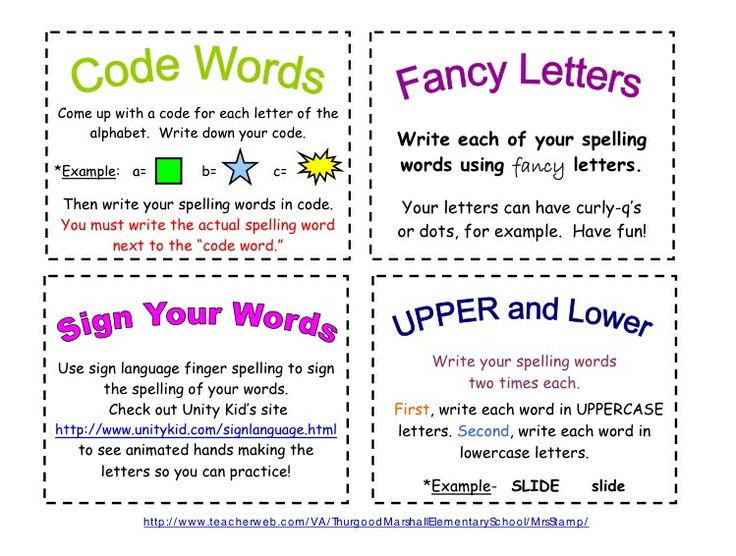
First, set a personal example: instill a culture of reading in the family, discuss what you read, move from simple books with pictures and a minimum of text to more complex ones.
Secondly, feel free to use game techniques. The child must understand that letters are everywhere, and the learning process is an exciting game with intermediate results, a table of winners and super prizes for certain periods of time.
Thirdly, do not put pressure on the child and do not force. Choose the method of learning: reading by syllables or whole words, master Schulte's children's tables, use exercises that are suitable for your age and, of course, repeat it all in practice many times. For example, with the help of our workbooks, which will be discussed below...
Year of publication: 2021
Volume: 82 pages
Reading time: 6 hours
Where can I get workbooks to develop fluency reading skills?
Theory without practice is money down the drain.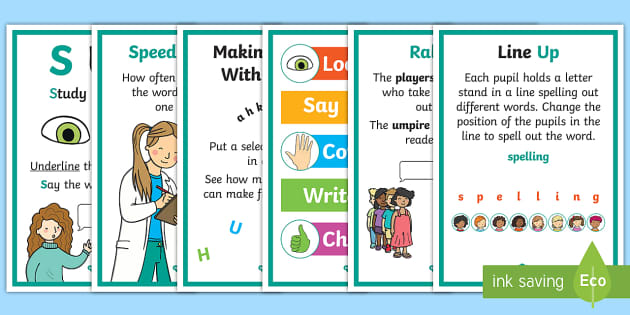 After reading the text of the article, we recommend that you return to this block and buy workbooks that will help in practice to consolidate all the knowledge gained in developing fluent reading skills. The set includes both children's and adult notebooks. Neither you nor your child will be bored :).
After reading the text of the article, we recommend that you return to this block and buy workbooks that will help in practice to consolidate all the knowledge gained in developing fluent reading skills. The set includes both children's and adult notebooks. Neither you nor your child will be bored :).
Where to buy
Disclosure: This page contains material that may result in us earning a commission on the purchase of a product. However, this does not affect our opinion of the product in any way, and we do not receive any bonuses for positive or negative ratings.
Teaching a child to read is a complex and lengthy process that requires parents not only patience, but also a fair amount of creativity. Most children are not at all enthusiastic about learning this skill. Therefore, we have to invent different ways to attract kids to the reading process. The answer to the question "how to teach a child to read?" lies in several important knowledge.
Why teach a child to read?
A question that at first glance causes nothing but bewilderment.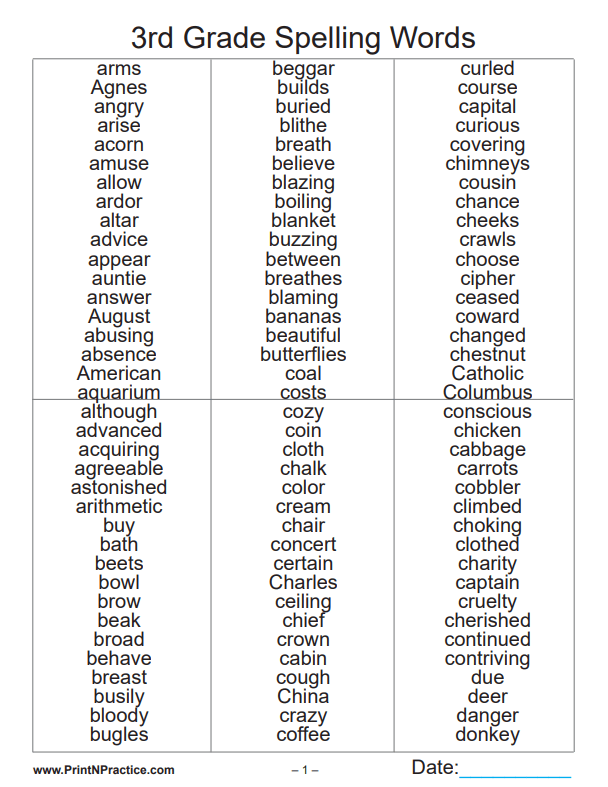 All parents want their children to be the best and smartest. Reading is one of those skills, the assimilation of which is accompanied by a number of difficulties. Even if the child has learned to read, many parents are not satisfied with his reading technique. Therefore, the question of how to teach a child to read faster remains relevant.
All parents want their children to be the best and smartest. Reading is one of those skills, the assimilation of which is accompanied by a number of difficulties. Even if the child has learned to read, many parents are not satisfied with his reading technique. Therefore, the question of how to teach a child to read faster remains relevant.
The editors of the blog personally recommend that before any start of learning speed reading, take a test to check the speed of reading a child. It will help you understand at what level you will need to start and how much effort to put in order to reach the maximum level. You can check the speed and awareness of reading at the link above. It's free and you can get a certificate at the end :).
Normal reading technique in children
- At 6-7 years old, a child should read at least 30 words per minute;
- at 8-9 years old the minimum norm increases to 50 words;
- at 11-12 years old, the number of words should exceed 70;
- beginning of high school - the lower limit of the norm is not less than 100 words per minute.
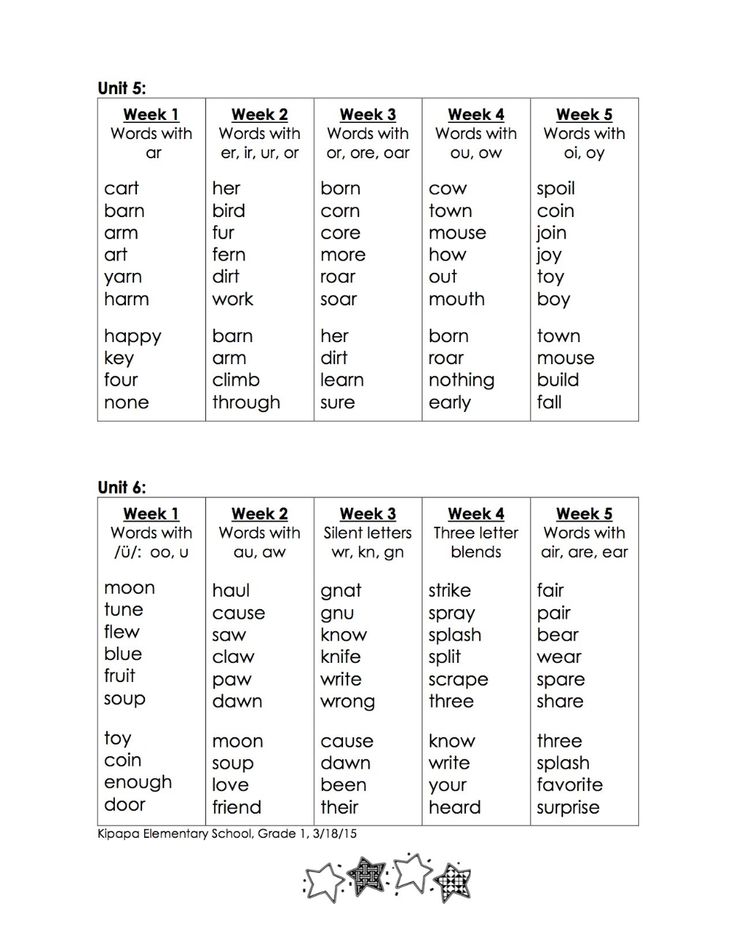
In the process of studying in secondary school, the number of words on average is 120-150 per minute.
Parents should understand that every child is different and learns at a certain rate.
Forcibly teaching children any cognitive skills is unacceptable, as the result will be the opposite of what is desired.
Do children need to read fast?
Ask the question: “Does my child need to read fast?” - in the conditions of the modern world, even funny. Progress at school, the speed of preparation at home, the study of additional materials directly depend on the ability to quickly and effectively perceive textual information.
The main reasons for the need to develop fluency in children
- Reading speeds up thinking, which is necessary for success in school.
- Reading improves concentration.
- Reading increases the child's intellectual abilities.
- Reading develops literacy (memorizing the correct pronunciation and spelling of words).

- Reading increases the child's vocabulary.
- Reading contributes to the development of several types of memory at once.
Children who read slowly tend not to achieve great success in mastering the school curriculum as a whole.
How can I speed up my child's reading skills?
First of all, parents should understand the reason why the child does not read well. It can be both a banal reluctance, and serious problems with mental activity. The essence of teaching speed reading to children is that parents identify the weaknesses of the baby and actively develop them.
8 tricks to help teach your child to read
👋 If you are not ready to take the time to read the entire article, you can watch a short video for three minutes.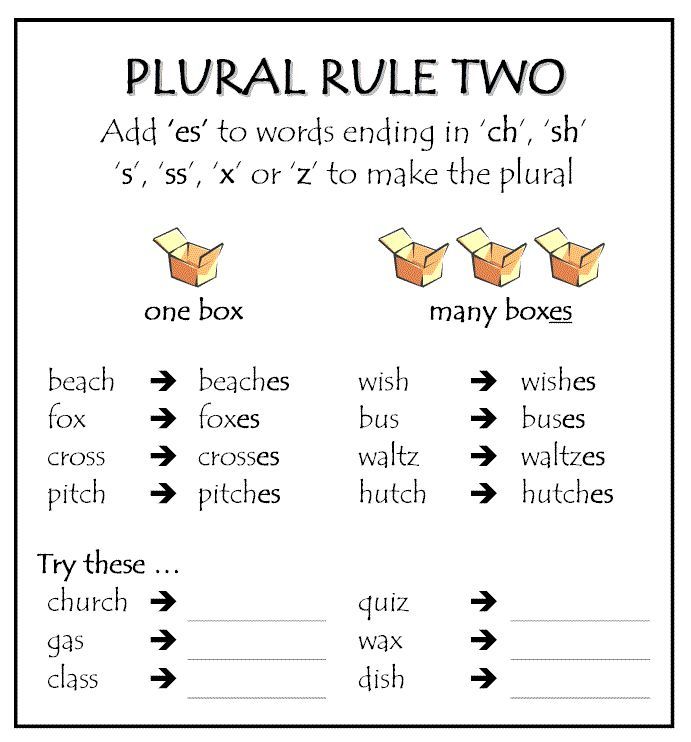 Here we have collected 8 basic techniques that will allow you to start working with your child today and hone his speed reading skills :).
Here we have collected 8 basic techniques that will allow you to start working with your child today and hone his speed reading skills :).
Basic principles of education
- Training should start from preschool age (it is not necessary to force the child to read the whole book right away, it is necessary to improve his attentiveness, perseverance and other cognitive skills).
- Reading aloud is essential for successful learning.
- Interest in books (do not force a child to read under pain of punishment, because you can instill in him a natural interest in book stories).
- The development of articulation also helps to speed up the perception of information (tongue twisters will help here).
- Conducting games in which you need to read this or that information (it will be interesting for children, so the learning process will become much more effective).
- Attentiveness to the success of the child allows you to notice in time that he is not coping with the assimilation of any skills, and help him.

Exercises for teaching children speed reading
You can learn speed reading at home, but the child will need the help of parents in the early stages. There are many exercises that do not require specific materials and any costs.
Word search
Practice allows the child to easily and effectively improve the skill of speed reading. The essence of the exercise: guess the child a word that he must find in the text. For young children, take small fairy tales per page, but for schoolchildren, you can use larger texts.
Covering what has been read
Returning eye movements during reading greatly reduce its speed. To wean a child from this habit, use a bookmark. Let the child read aloud, closing each word read, gradually moving the bookmark along the line. Gradually, the habit of constantly returning with your eyes to what you read regresses.
Reading with pauses
The exercise allows you to improve the skill of quick text search.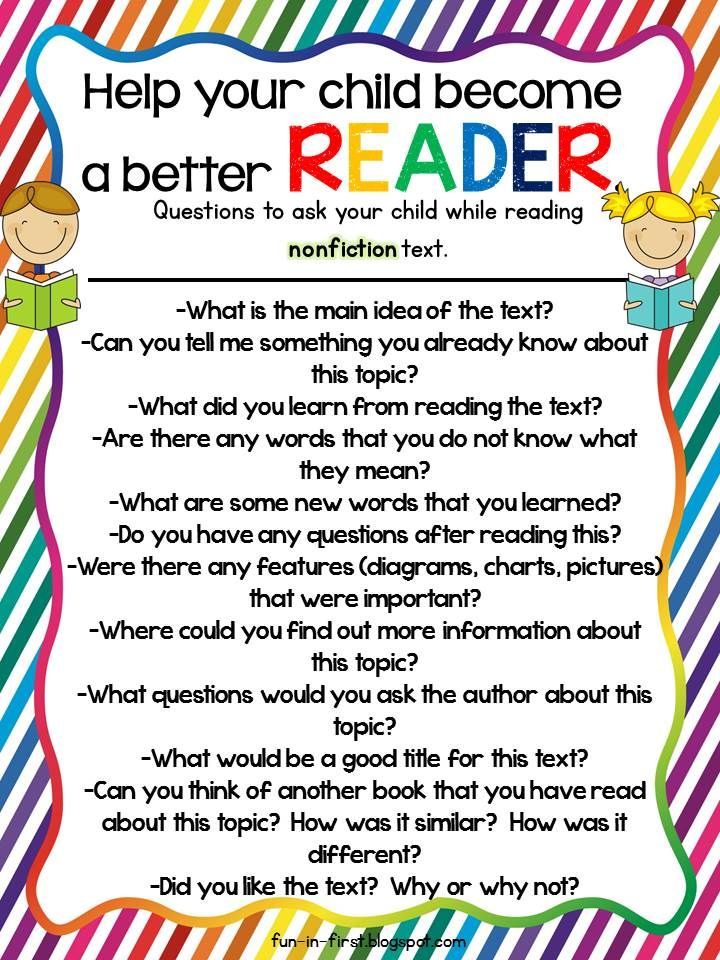 Have the child read the text aloud at their own pace. On command: "Stop" - he stops reading, raises his head from the book and closes his eyes for a few seconds. His hands should be on his knees so that there is no desire to mark the stop with a finger. On command: "Start" - the child continues to read from the place where he stopped.
Have the child read the text aloud at their own pace. On command: "Stop" - he stops reading, raises his head from the book and closes his eyes for a few seconds. His hands should be on his knees so that there is no desire to mark the stop with a finger. On command: "Start" - the child continues to read from the place where he stopped.
Tuning
An exercise to improve reading speed in general. An adult begins to read the text to himself, moving his finger along the lines. The child reads aloud and must adapt to the pace of the adult, that is, keep up with the finger. Remember: you should not slow down if the child does not have time, but he should try to speed up.
Using these exercises, you will notice how much faster, more thoughtfully and more correctly the child began to read.
How long does it take to teach a child to read?
In the very question lies the main problem. There are no standards that tell us that it is necessary to teach a child to read strictly in a certain number of hours.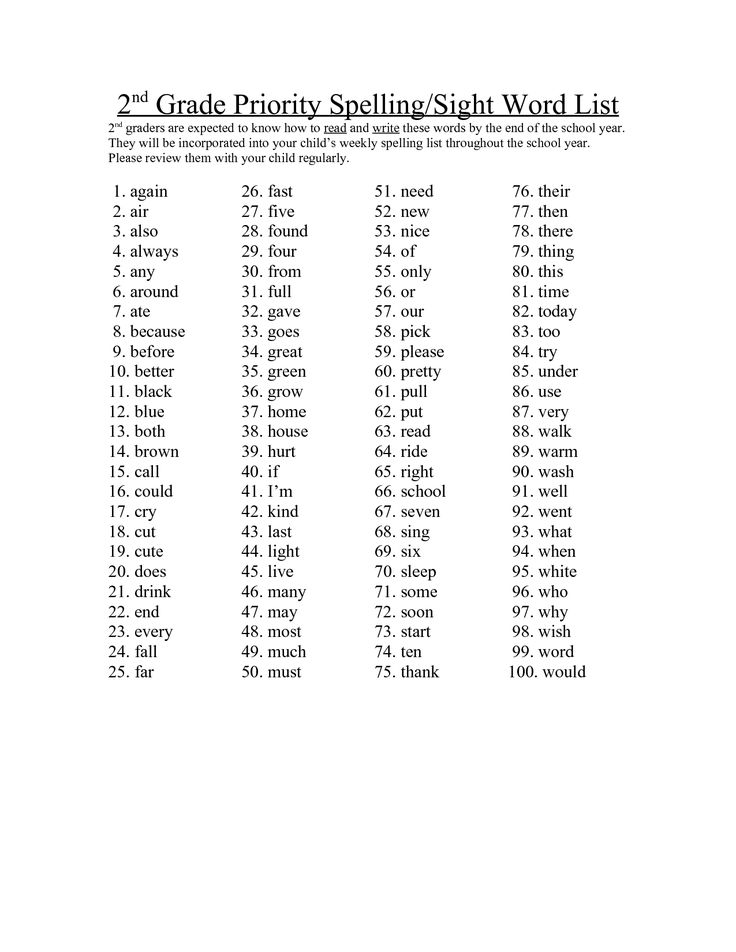 Learning to read is not a competition, it is only preparation. Preparation can last from a week to a year. It all depends on the starting conditions and the concentration of the athlete, that is, your young reader.
Learning to read is not a competition, it is only preparation. Preparation can last from a week to a year. It all depends on the starting conditions and the concentration of the athlete, that is, your young reader.
Any attempts to artificially reduce the period of learning to read will definitely come out sideways after a certain period of time and, at best, you will get errors that will have to be redone. In the worst case, your pace or your obsession, by all means, to teach a child to read using an accelerated method, will for a long time discourage him from all desire to know the masterpieces of world and domestic literature. Much more important is not the time it takes for him to learn to read, but the mood with which he will pass this stage.
Your task, as an assistant and mentor in this process, is to do everything to make the learning procedure look like an exciting journey. Think back to the last time you went on vacation. Did you really want this time to end quickly and you already quickly answered the question: how quickly could I rest? The same is true of teaching a small child to read.
How to teach a child to read at 3-4 years old?
The age of 3-4 years is a fairly early period for teaching a child to read. However, in the absence of a negative reaction from the child, classes can begin. Determining the readiness of the baby for learning includes the following parameters:
- The child speaks well for his age (understands the meanings of words, builds simple correct sentences).
- The baby hears well and pronounces all sounds and words correctly (if there are problems with hearing or diction, then you need to contact specialists, and not try to deal with the problem on your own).
- The child should be well versed in terms of up/down and right/left.
If, in your opinion, the child meets the listed criteria and is ready to learn, then follow the generally accepted principles for organizing classes. Basic rules to follow in the process:
- Do not force your child to practice.
- The game form of learning is better for mastering the material and for maintaining interest.
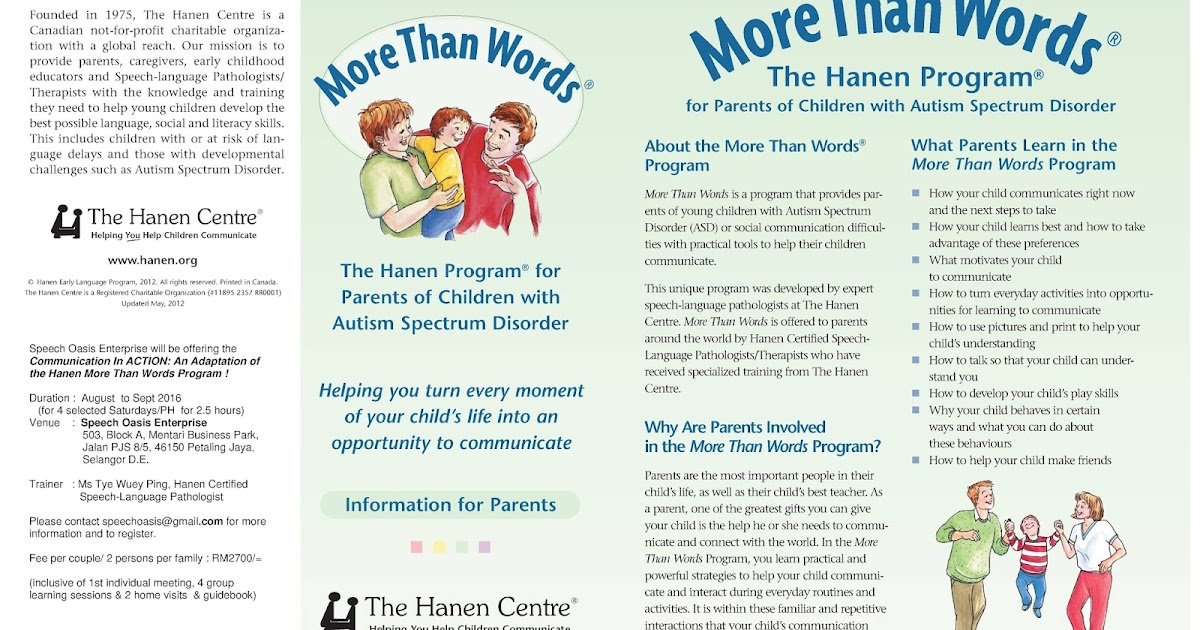
- Review what you have learned.
- Classes should be systematic.
- The duration of the session should not exceed 15-20 minutes.
Parents should watch their speech: do not lisp, put stress correctly, pronounce words, because the pronunciation of the baby is very dependent on listening.
There are many modern methods of teaching young children to read. The most famous of them is the Doman method. It allows you to engage with a child, starting from six months. According to the assurances of the creator of the technique, by the age of 3, the baby will be able to read whole words. Despite a number of advantages of this technique and its attractiveness for parents, its main drawback is that the child does not master the traditional methods of teaching reading. And the equipment stops working after reaching 3 years.
It is best to work with your baby gradually, using a classic primer. First, study individual sounds and their spelling. Then move on to syllables and simple words.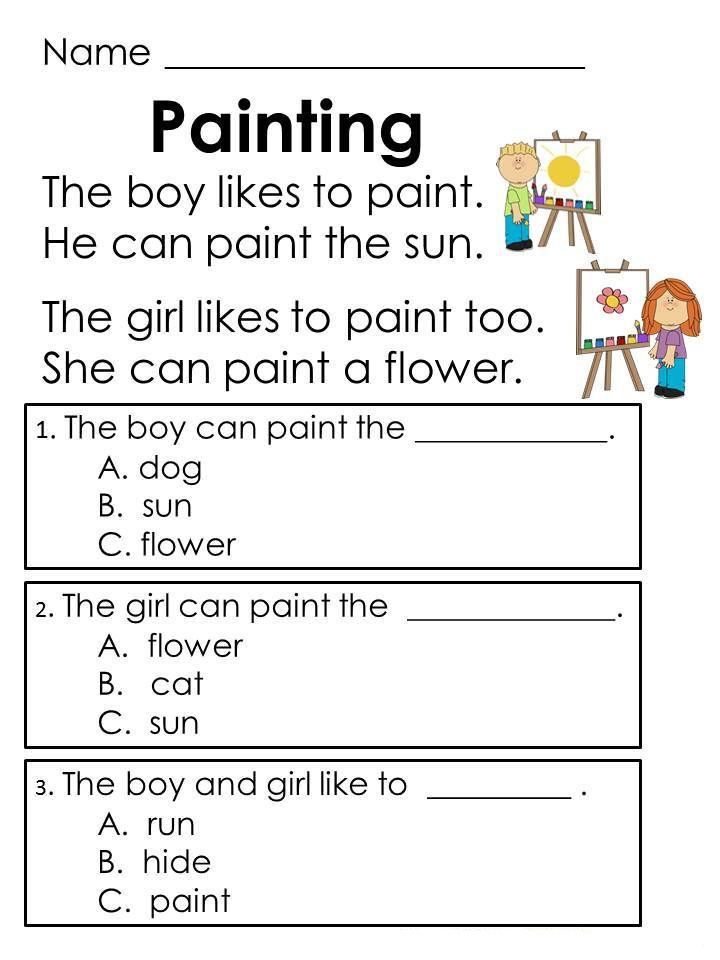 Bright pictures in the primer will help the child to build associative series. Use for learning the sound alphabet, blocks with letters, games that are offered in large numbers in children's stores.
Bright pictures in the primer will help the child to build associative series. Use for learning the sound alphabet, blocks with letters, games that are offered in large numbers in children's stores.
How to teach a child to read at the age of 4-5?
There are many ways to teach reading to a preschooler. Let's briefly consider the most popular and outline the advantages and disadvantages of the method.
Sound technique
The essence of the method consists in successive stages: study of sounds, composing syllables, reading words. The sound technique is a traditional method used in schools. A primer by N.S. Zhukova. The author suggests "pulling" sounds, smoothly connecting them into syllables with the help of a funny running man in the illustrations. The footnotes provide guidance for parents to help avoid major mistakes when teaching reading at home.
The advantages of the sound method are primarily speech therapy. The child recognizes sounds, learns to clearly pronounce words, gets rid of speech defects. Please note that it is the sounds that you need to learn, not the letters: “k”, not “ka”, “l”, not “el”. Then there will be no difficulty in combining sounds into syllables. The disadvantages of the method include the duration of training.
Please note that it is the sounds that you need to learn, not the letters: “k”, not “ka”, “l”, not “el”. Then there will be no difficulty in combining sounds into syllables. The disadvantages of the method include the duration of training.
The Montessori method
The fundamental difference of the method is that the child first learns to write, and then memorizes the letters. Letters are written through a special stencil on rough paper. The kid writes, runs his finger along the contour of a paper letter, calls the sound - thus, several channels of information perception are involved at the same time, which is a definite plus. The activities are varied and fun for the kids. The disadvantage of training is the complexity of organizing the process: you need a lot of materials, stencils - the method is more suitable for group learning to read in development centers.
Zaitsev's Cubes
The technique is based on the combination of warehouses into words and is similar to the game of cubes.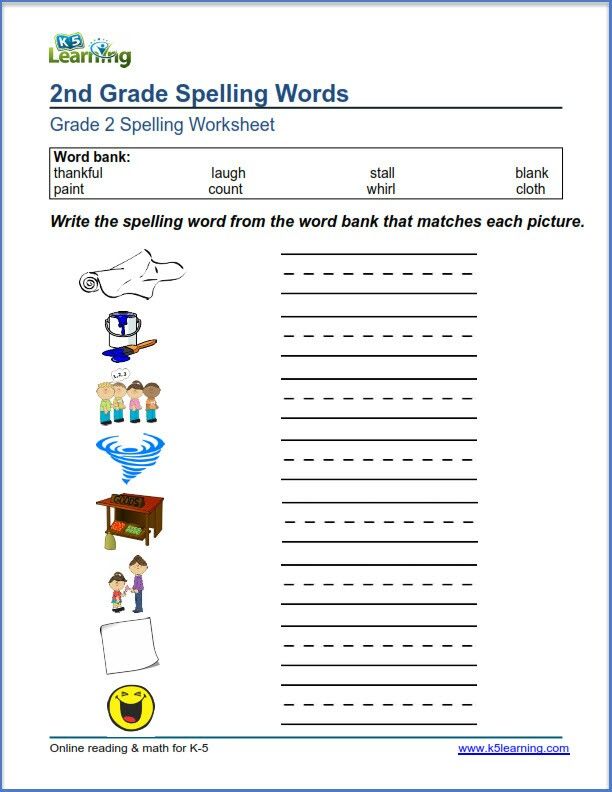 Children are interested in the game, and learning happens quickly enough. When working with cubes, different senses are involved, which in parallel develops fine motor skills, phonetic perception, a sense of rhythm and an ear for music. The disadvantages of the method include difficulties in parsing a word into individual sounds (which is part of the school curriculum), as well as expensive materials.
Children are interested in the game, and learning happens quickly enough. When working with cubes, different senses are involved, which in parallel develops fine motor skills, phonetic perception, a sense of rhythm and an ear for music. The disadvantages of the method include difficulties in parsing a word into individual sounds (which is part of the school curriculum), as well as expensive materials.
Doman cards
This method is based on a holistic perception of the word. The child is shown a card with a word and a corresponding image. An adult clearly pronounces what is written. Mastering the material occurs by memorizing and forming associative links. Main advantages: the possibility of early learning, memory development. Disadvantages: difficulties in parsing the word, not understanding the phonetic structure, problems with literacy.
About Doman cards you can read a separate article on our blog: “Doman cards. How do they work and where to buy?
Whichever method you choose as a basis, it is important to remember that learning should be interesting. If each lesson is similar to the previous one, the child’s interest will quickly disappear.
If each lesson is similar to the previous one, the child’s interest will quickly disappear.
"Dilute" the lessons with games, songs, logarithmic minutes and the kid will look forward to the next lesson. Don't forget about workbooks for reading, too, please.
What should I pay attention to when teaching reading at the age of 5-6?
The age of 5-6 years is considered optimal for learning to read. If you are just starting to work with a child, then stick to the usual rules. If you started to study with the baby earlier, then by the age of 5-6 he will already be able to read syllables and simple words.
Pay attention to the following in further training:
Development of foresight. Adults read automatically, anticipating further words and phrases. The child, on the other hand, is completely focused on reading syllables and words, therefore, it is difficult to grasp the meaning of the text.
Fine motor skills. It is worth paying attention not only to mental skills, but also to physical labor.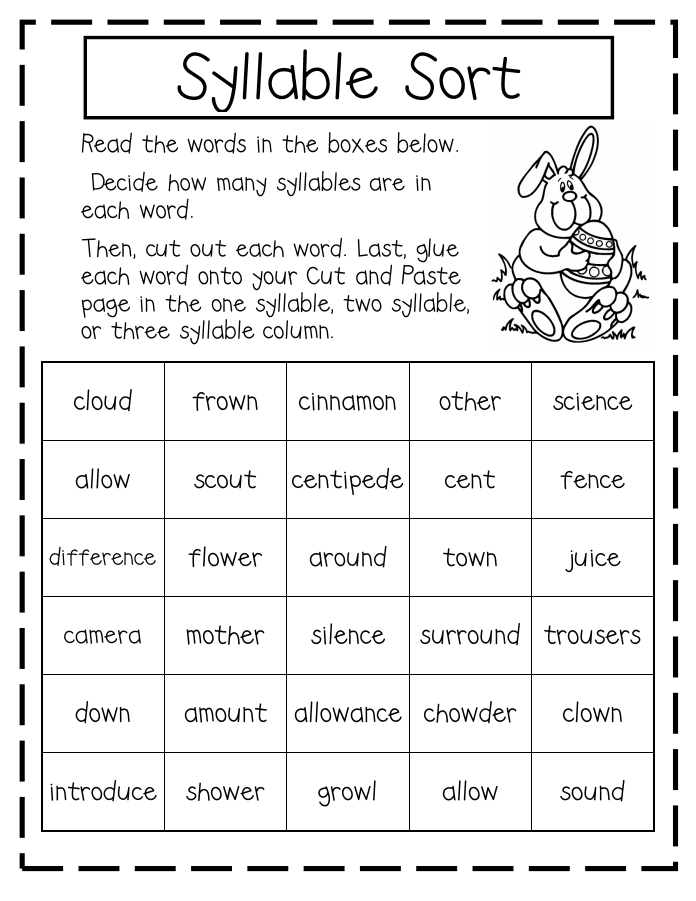 Sports, physical activity and necessarily fine motor skills are important: games with objects, writing, modeling, and so on. All this increases the number of neural connections and contributes to better assimilation of the material.
Sports, physical activity and necessarily fine motor skills are important: games with objects, writing, modeling, and so on. All this increases the number of neural connections and contributes to better assimilation of the material.
Concentration of attention. Remember that children have practically no skill of voluntary attention. The child concentrates on any process unconsciously, if it arouses his interest. As soon as it gets boring, attention dissipates.
Instill in your child an interest in reading in general. In children's and bookstores you can find many modern and very interesting fairy tales, game books, unusual primers. Such books can be interesting not only for children, but also for their parents.
How to teach a child to read in grades 1-2?
The first-second grade is the time when the primary period of learning to read has already been completed and you need to enter the so-called adult stage of learning. It is during this period that it is important to pay attention to the following things.
Development of a child's memory and attention
You need to understand that learning to read during this period is not an end in itself, the main task is to accelerate mental operations, cognitive skills and logical thinking. All this will help develop intelligence in general and there is no better way to do this than through reading.
Instilling an interest in reading and fostering a certain culture
Books should be age appropriate for the child, they should be exciting, reading should take place on a schedule at a certain time so that the child knows for sure that he has time allotted for reading. Ideally, set aside time to discuss what the child has read, ask questions, show interest, and perhaps even record some moments in a separate “Young Reader's Diary”.
Development of foresight
Adults read quickly because they do not read words or sentences in their entirety, but anticipate what will happen next in a sentence. Sometimes, precisely due to this, the more we immerse ourselves in reading, the faster the text flies by.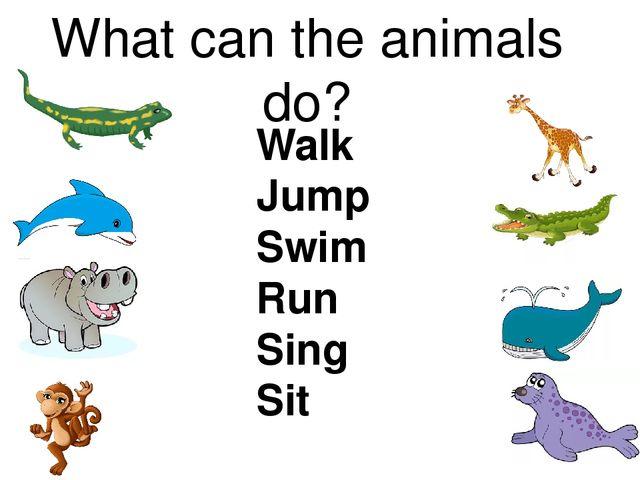 In children, this skill does not develop at all, and, in the first grade, you just need to start developing foresight with the help of certain tools and exercises.
In children, this skill does not develop at all, and, in the first grade, you just need to start developing foresight with the help of certain tools and exercises.
Fine motor skills
As relevant as in early childhood. It is important to alternate mental work with physical activity, it is important to go in for physical education, go to sports clubs - this will also help the development of a child's reading in the first or second grade.
As a separate large layer, in addition to the reading procedure for children in grades 1-2 and increasing the time a child spends with a book, it is important to conduct all kinds of games with words and regular training. The most popular among them are: cross-outs, gibberish, reading in parts, simultaneous reading, visual dictations, tongue twisters, familiar-unfamiliar words and exercises from the “throw-serif” category. Most of these exercises, as well as how to implement them, are detailed in Workbook 9.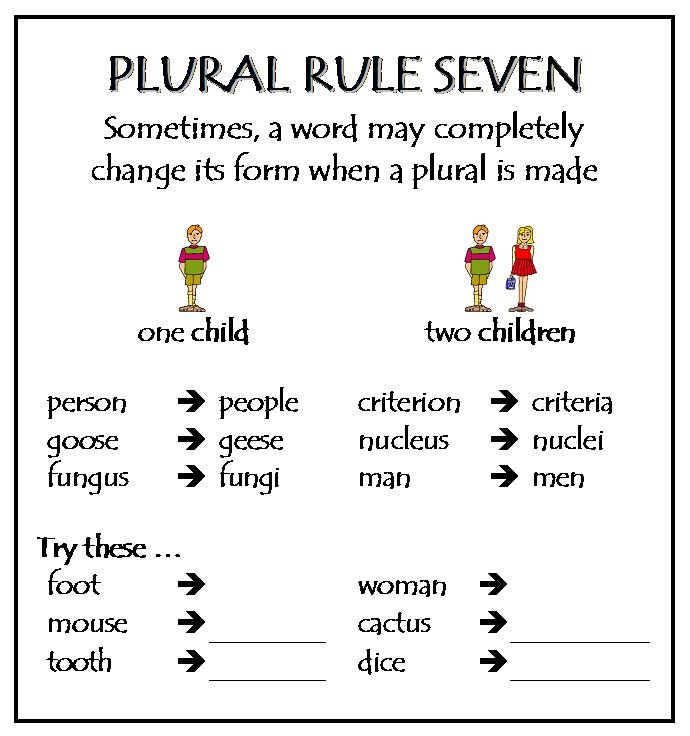 0003 "How to teach a child to read quickly" . In the same place you will find a plan on how to move teaching a child to read at the first stages, at intermediate and already finishing the training and leaving him further alone with the acquired skills.
0003 "How to teach a child to read quickly" . In the same place you will find a plan on how to move teaching a child to read at the first stages, at intermediate and already finishing the training and leaving him further alone with the acquired skills.
Techniques for teaching reading in grades 3-4
In grades 3-4, children already know how to read at different speeds, so teaching should be aimed at improving skills. Common effective techniques that can be used at this age:
Exercises to increase the angle of vision. The most effective method is to work with Schulte tables.
Lightning reading. It is a very fast reading of the text without observing the rules of punctuation.
Expressive and beautiful reading in compliance with all signs, giving intonation to the text, emphasizing.
Reading silently with and without moving the lips, and then retelling what was read.
Answers to questions on the text. At the same time, the child is not forbidden to peep into it and look for the necessary information.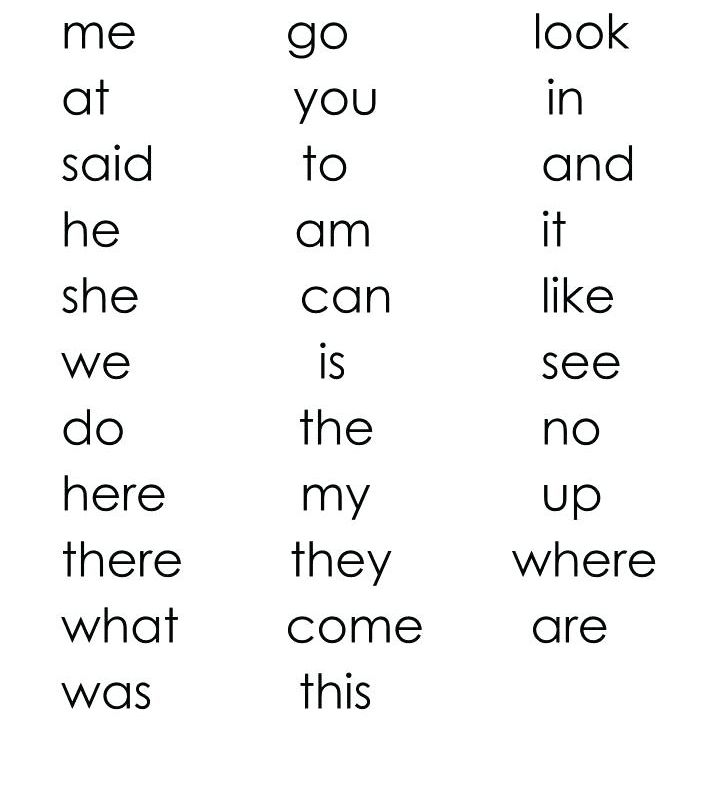 It is important not only the ability to remember what is read, but also the ability to find the right lines in the text.
It is important not only the ability to remember what is read, but also the ability to find the right lines in the text.
Repeated reading of the same text, increasing speed after each time.
Carrying out phonetic exercises for the formation of a clear and beautiful diction without errors, with the correct placement of stresses.
Reading and memorizing tongue twisters simultaneously trains reading technique, memory, articulation.
When moving to secondary school, the reading technique should, on average, correspond to the speed of speech. However, reading skill is measured not only by the number of words read per minute, but also by understanding and remembering information.
Books for developing reading skills in children
We at Chitay Bystry have collected all of the above and many other practical techniques for developing reading skills in children in a special notebook "How to teach a child to read quickly."
You can learn more about them if you follow the link above or just click on the image of notebooks :).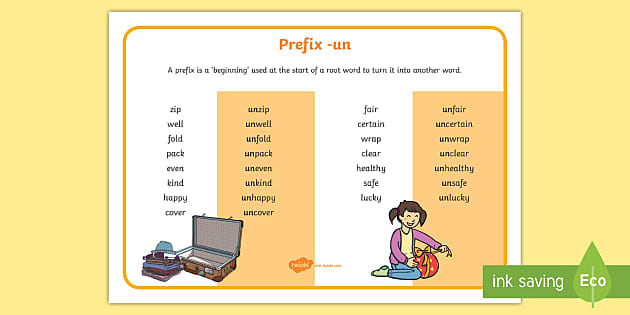
The workbook is a tool designed to make life easier for new parents at the moment when they ask themselves the question: how to teach a child to read quickly and efficiently without unnecessary nerves.
We tried to collect the maximum amount of theoretical material in the notebook so that you understand the basics of the process and richly flavor it all with practical techniques, exercises, and methods.
A workbook is more of a tool with which you will daily develop your child's pre-reading skills, then you will develop reading skills, and then you will develop fluent reading skills or, as it is also called, speed reading.
Learning to read by syllables
The first stage of learning, after mastering the alphabet, is reading by syllables. Real tips to help you easily pass this stage:
- Determine the readiness of the child. Do not rush to start training from 2-3 years old, because at this age the baby is not yet ready for active activities.
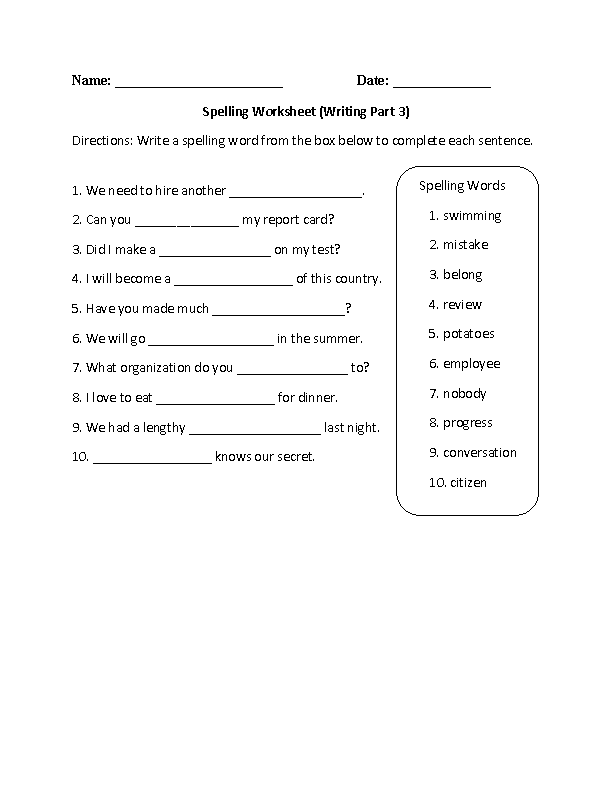 The optimal time for syllabic reading is 5-6 years, just before school.
The optimal time for syllabic reading is 5-6 years, just before school. - Use special primers. There are many syllabic reading aids on the market now. Choose a simple book with interesting pictures, you can use non-standard tasks so that the baby captures this process.
- Be organized and learn sounds, not letters. In order for the child to understand how to form syllables correctly, it is necessary to designate letters only with the sounds “M”, and not “em”. Start with vowels, add "m" and "l" to them, and lastly move on to hissing and two-sounding letters.
- Repeat and don't rush. At each new lesson, do not forget to repeat the material already covered. Attach new information gradually, as imperceptibly as possible for the baby.
- Use methodological aids - workbooks "How to teach a child to read quickly?".
Only after the child begins to confidently pronounce syllables, you can begin to fully learn verbal reading.
How to teach a child to read in syllables without problems?
The wording “no problem” is not in vain placed in the title of the question.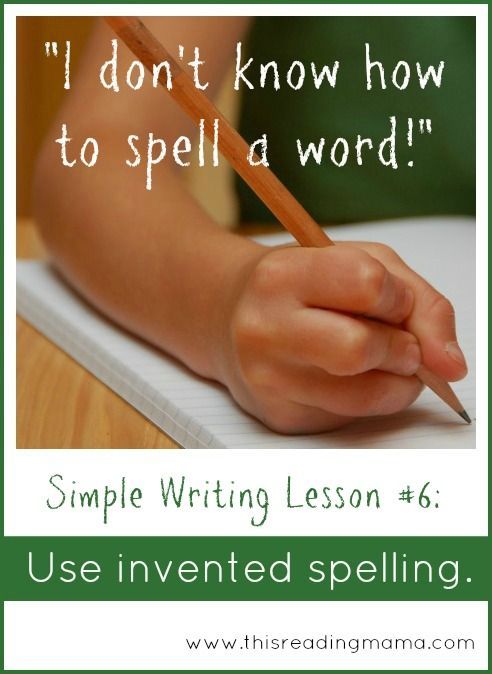 The fact is that children's reading is fundamentally different from an adult just in that the child does not use phonemic hearing to the full and is initially forced to learn letters, not syllables.
The fact is that children's reading is fundamentally different from an adult just in that the child does not use phonemic hearing to the full and is initially forced to learn letters, not syllables.
However, the basis of the word is still a syllable. Remember how your parents taught you to read and how you teach your baby. Most likely, firmly believing that the basis of learning to read is a letter, which, having then combined with its neighbors, must be transformed into a word. Drive this idea away from you right now.
The fact is that by forcing a child to spell words, correcting a child's reading for the full names of letters, for example, instead of a child's “we” or “py”, forcing him to read “em” or “pe”, you are doing him a disservice. By starting to study with him as early as possible and forcing you to read words like this, you will spend from 4 to 6 months at an older age, when at school you need to relearn more fluent reading. The child will understand that the basis is the pronunciation of a whole syllable, but will still continue to pronounce the letters in his mind.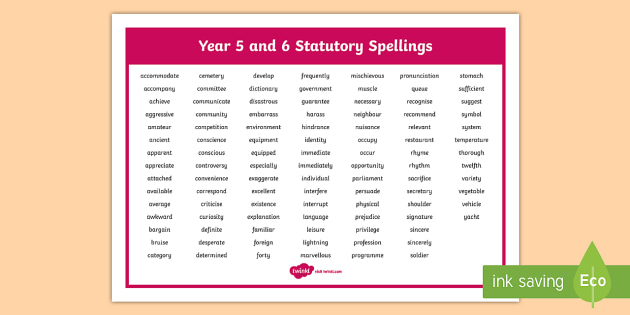 After that, it will form them into syllables, and only then articulate. This will greatly complicate the process of developing adult reading skills.
After that, it will form them into syllables, and only then articulate. This will greatly complicate the process of developing adult reading skills.
To avoid this problem, you can pay attention to the practical tasks in our workbooks. Or you can just download a syllabary table on the Internet and start studying it - this is enough to overcome one of the main problems - letter-by-letter children's reading.
How to teach a child to read syllables together?
After learning individual letters, the child may begin to have problems with syllabic reading. Top tips to simplify and speed up the process:
- When learning individual letters, pronounce them as they sound: "M" instead of "EM", "S" instead of "ES".
- Training should begin with open vowels and hard voiced consonants. Only after that you can proceed to the syllables.
- It is better to show the child how to read syllables with the help of an ABC book, where you can see how the consonant letter "runs" in the vowel.
 Speak the syllable slowly: "m-m-m-m-m-m-m-a-a-a-a-a-a."
Speak the syllable slowly: "m-m-m-m-m-m-m-a-a-a-a-a-a." - Don't forget to review what you've already learned before starting something new.
- First you need to learn simple open syllables, and only after the child understands the principle of reading by syllables, proceed to more complex structures.
- The first simple words to learn can consist of the same syllables, for example, "mom", "dad".
- Watch your baby's pronunciation. Carefully and kindly, but steadily correct mistakes. If a child remembers the wrong pronunciation, does not pause between words, or vice versa stops in the middle of a word, then it will be difficult to retrain him later.
- Prefer a playful form and do not press too hard on the child, so as not to discourage him from reading.
Do not rush to start learning letters and syllables if the child is not in the mood for it. The optimal age of training is 5-6 years. You can start learning to read earlier if the baby himself shows interest in the process.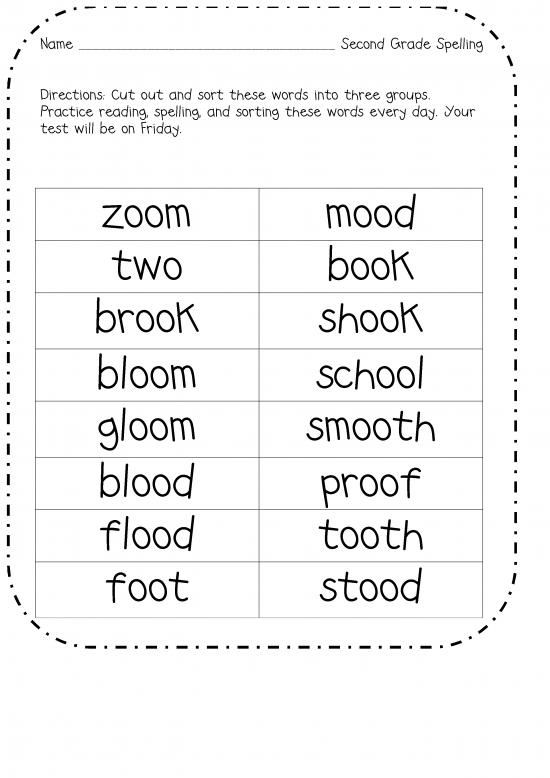
Syllabary table. Download for free or buy?
In order to teach a child to read by syllables more efficiently and quickly, experts have come up with syllabic tables. The task of the syllable table is to form the child's reading skills by syllables from which to form words. The principle of creating a syllable is simple - vowels are located in the upper horizontal line, consonants are located vertically. Their intersection creates a syllable. This is what a standard syllabary table looks like:
Here you can download the syllable table for free in A4 format from this link, this will be enough to deal with the child on your own. If you suddenly want to buy a table for classes or to hang it in a child's room, we have come up with one solution.
Why buy a syllabary?
The syllable table is quite standard and on the Internet you can find a huge number of tables of different design that can be downloaded right there. However, on the Internet there are practically no large-format syllabic tables prepared in order to print them out and hang them in a classroom or a children's room.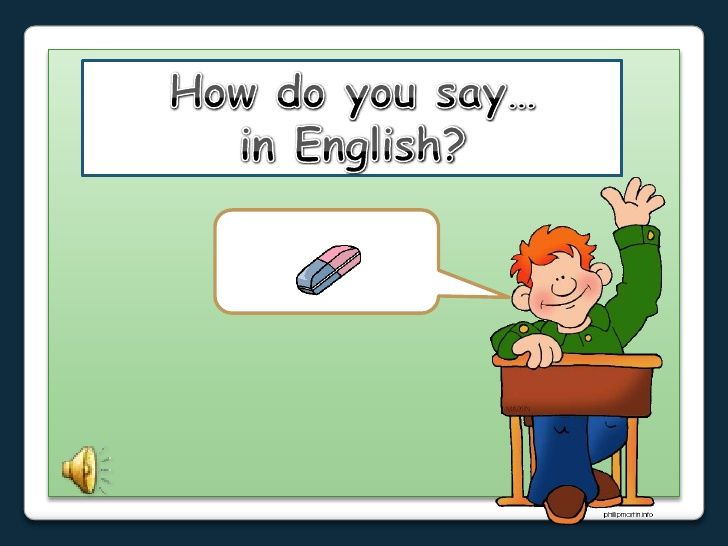 Here's what it might look like:
Here's what it might look like:
We made a large version of our table in A1 format and added it to the archive with workbooks. Today, everyone who decides to buy a workbook in order to improve their child's reading skills receives a syllabary table with all the source codes (in .psd and .tiff format) in the kit. This means that you can tweak the design if you see fit, as well as print and hang the table for your child to study on their own. All you need is to buy workbooks.
How to teach a child to read using a syllabary?
The first lessons of learning to read almost never do without syllables. Ensuring the reading skills of a direct open syllable is the task of the syllabic table. Children, firstly, learn the regularities of the arrangement of syllables in the table for their quick search and memorization, and, secondly, they are aware of the sound-letter structure of the syllable, after which they begin to pronounce it and realize it as a whole.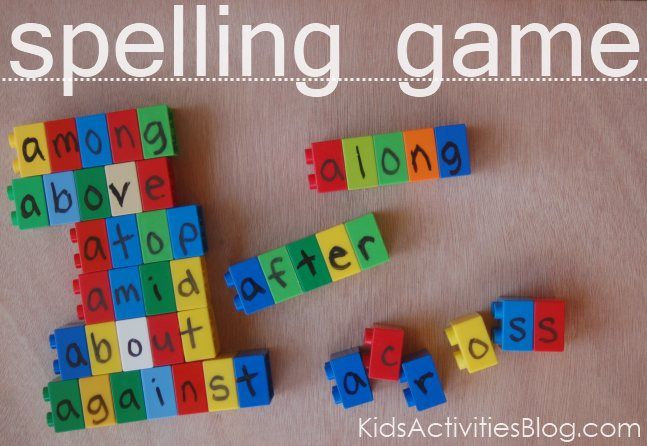
An important task of the syllables in the table is the formation of the so-called visual literacy. Often children begin to misspell words because they think that writing is no different from pronunciation. At the same time, the syllable table teaches the child how the syllables that make up the word should look (or be written) correctly.
What are the disadvantages of the syllabic method of teaching reading?
Although today, at the age of 3-5 years, there is practically no alternative to this method, it still does not mean that the syllabic method of teaching reading does not have drawbacks. One of the most frequently mentioned shortcomings is the fact that the child remembers syllables automatically without understanding what they mean.
This whole story with syllables began with Zaitsev and his cubes. The most excellent result is shown by tests in which kids form a word from cubes with syllables. But when trying to teach spelling, this method gives a significant error and errors in the spelling of many words.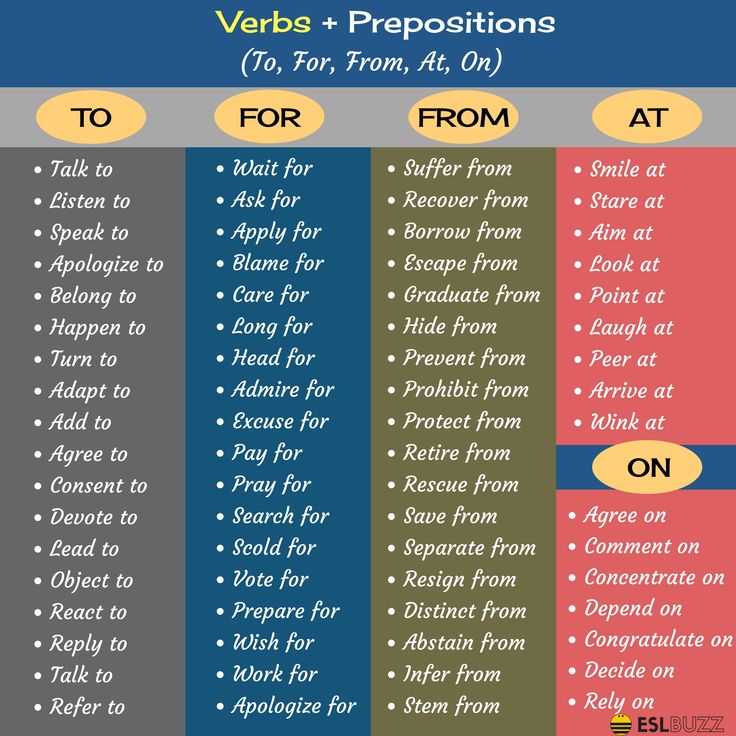 Especially those with a large number of vowels.
Especially those with a large number of vowels.
Why is this happening? In fact, our nature and the peculiarities of the Russian language predetermine the most optimal way of teaching reading - sound-letter. However, almost no one uses it in teaching due to the difficulty of simultaneously presenting large amounts of information for both reading and writing.
It is assumed that it will be easier for the child to learn syllables with certain small errors, and then to relearn it correctly in the course of learning to write. Pay attention to how many mistakes in words, especially in writing vowels, your offspring makes when they first start mastering this skill - this is a side effect of learning by syllables.
Maybe then the alternative should be learning to read immediately by words?
Learning to read in whole words
Is it possible to teach a child to read words at once by skipping letters or syllables? No, this story is even more unsustainable than the gradually becoming obsolete teaching by the syllabic method.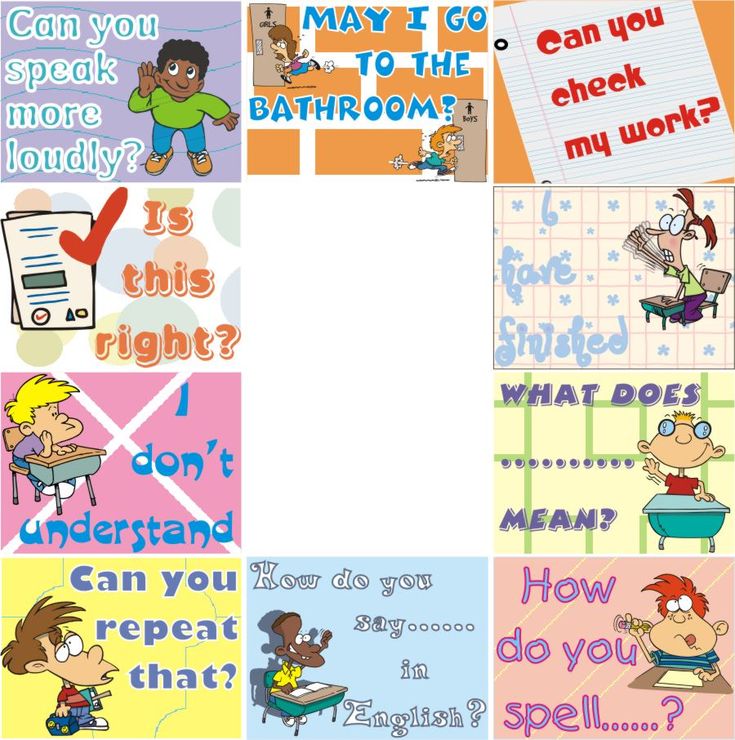 Or rather, the method of memorizing whole words is viable, but not for us 🙂
Or rather, the method of memorizing whole words is viable, but not for us 🙂
Cards with words, according to which the baby should see some object and remember how it is spelled, came to us from America. In the case of English, this method is justified, but in Russian it does not work at all.
It's all about the consonance of vowels and the difference in spelling and reading, which are much more difficult for us than for Americans.
How to teach a child to read if he is against it?
Children practically do not have the ability to voluntarily concentrate their attention. Therefore, if the child is not interested, he does not do it or does not listen. So it turns out that many kids do not want to learn to read, because it is simply not interesting, and no one has taught them to concentrate. The following recommendations will help to arouse their interest:
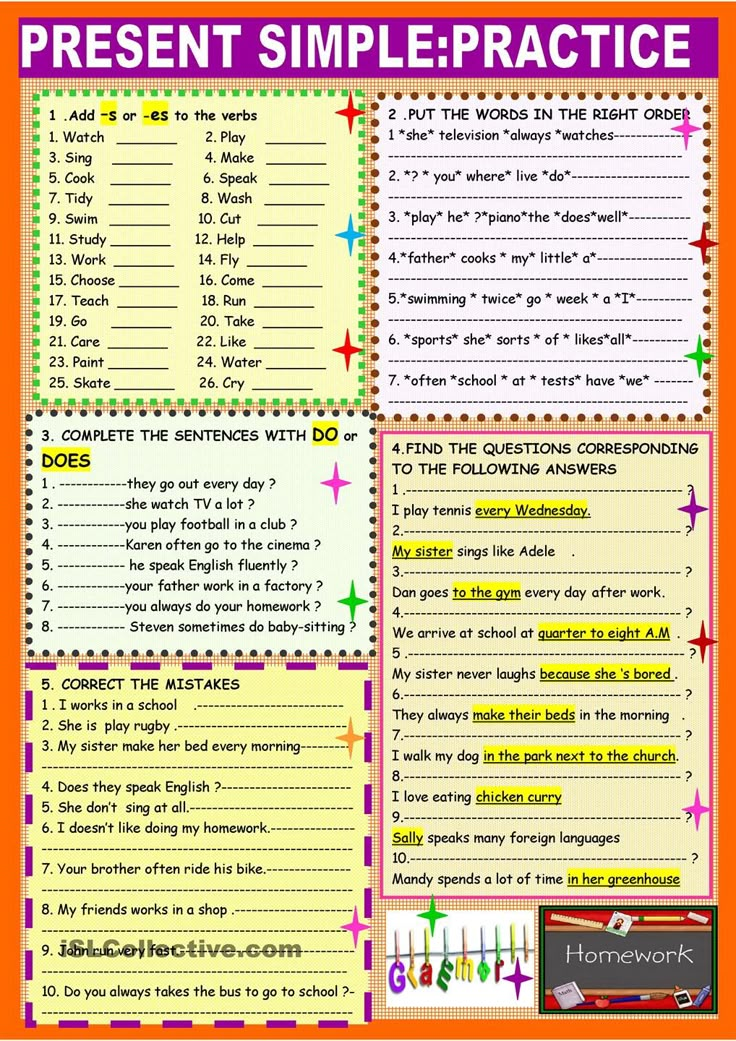
Don't force your child to learn, it discourages the love of reading for the rest of his life. In a child, the process begins to be associated with bad emotions, which makes learning even more difficult.
Learning to read in a short time
To make the process of teaching your child to read as quick and painless as possible for both parties, follow these tips:
The speed of learning depends on the desire of not only the child, but also the parents
Approach the process creatively, extraordinary, but adhering to the basic algorithm. Do not forget that children get tired quickly and the optimal training period is approximately 10 minutes.
Do not forget that children get tired quickly and the optimal training period is approximately 10 minutes.
Systematic training
If you work with your child every day, putting aside your own affairs, you can achieve a good result much faster. Not only because of the absence of omissions, but also because systematicity securely puts knowledge in the head of children.
Repeat the same things over and over again
Use the same books, read the same texts. The child must master one material perfectly before moving on to the next.
Introduce reading into everyday life
The child must understand that reading is something interesting and exciting. Parents constantly read, which means you need to try it yourself. Then the baby will learn both during classes and independently.
The approach to each child should be individual in terms of the rhythm and speed of learning.
Learning to read at home
It is quite possible to teach a child to read quickly and correctly without involving tutors, special schools and courses.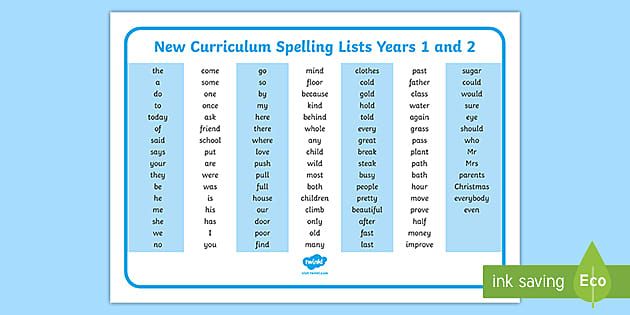 Recommendations for successful home education:
Recommendations for successful home education:
- The main mistake of parents is reading letter by letter. Many people believe that in the process of reading, it is the letters that are the unit of measurement. The truth is that a word is made up of syllables. It is they who need to teach the child with the help of colored cards, primers or any other means of home education.
- Sound perception is important. Kids should clearly imagine how each letter, each syllable sounds. Say them with different intonations, loudness, you can sing them.
Use blocks with syllables and letters. This simulator will allow not only to teach the child to read, but also develops thinking. Make up words, change faces to get new concepts, let the child learn to add syllables himself. - Use the syllable table. A wonderful device that allows a child to learn all the possible options for folding letters into syllables. It is more suitable for training, in which case children can search for a given syllable or practice pronunciation.

No matter how parents teach their child to read, they must remember not to do it by force. Every child has their own approach.
How to teach a child to read in a playful way?
Reading for a child is a job that requires active work of different brain structures. Due to physiological development, the brain of a baby up to 3-4, and sometimes up to 6 years old, is not ready to perform sound analysis, synthesis, which are necessary for reading. Therefore, it is not worth expecting that the child will “grab on the fly” and immediately demonstrate success.
Nevertheless, it is possible to prepare for reading, to instill a love for books from an early age. Here the main requirement is presented to the form of classes. The leading activity of children under 7 years old is a game. In order for learning to bring pleasure and give results, it is necessary to organize classes in a playful way. The child must show interest. According to psychologists, by forcibly developing the parts of the brain responsible for letter recognition, parents unconsciously inhibit the development of other parts of the brain, in particular, those responsible for social connections and creative thinking.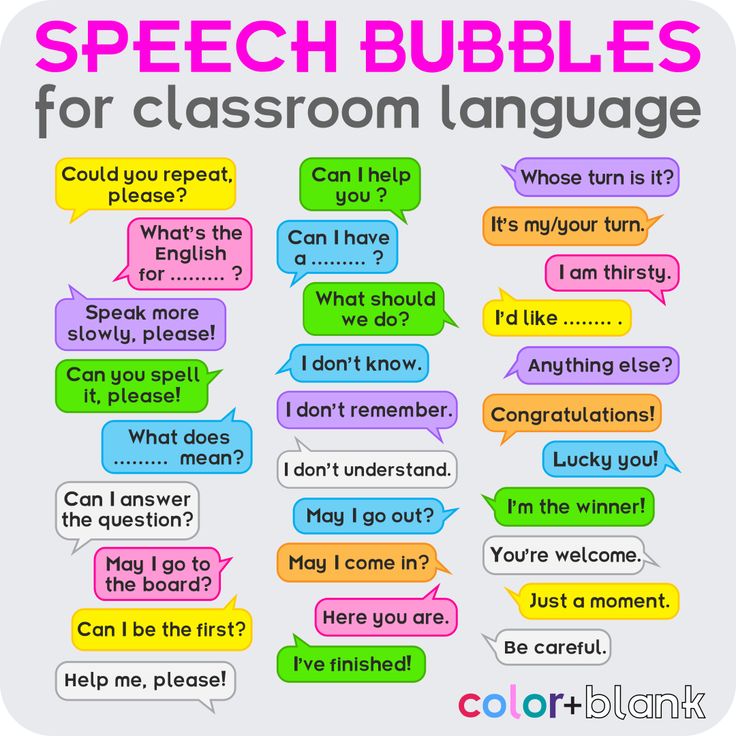
Let's play
Let your child explore the world of letters with interest. Try to diversify your activities by connecting drawing, modeling, songs and even movements. All children are different, and here it is important to find the approach that “works” specifically for your baby. Here are a few examples:
- If your child likes to draw, you can make letters for syllables together. Pictures, painted by hand, will be a good material for classes. First, use letters to form open syllables (those that end in a vowel, such as "ru", "ka").
- Make letters out of dough, modeling materials. Plasticine letters are convenient, and most importantly, interesting to connect with each other, forming syllables and words.
- For active kids who are constantly on the move, you can stick letters on blocks or train cars. It will be possible to form trains of any length from letter cars, while the child crawls, carries the train along a simulated road, and does not sit at a desk.

- You can learn to read even on the move. Experiment with which letters you can draw together (standing facing each other and stretching your arms towards you, it's easy to make the letter "H").
Incorporate different techniques so that classes do not become the same. For a preschooler, the best games are those that he has never played before. Focus on your child's hobbies. If he loves competition, hold challenges, competitions with mini-rewards - constantly maintain interest, stimulate curiosity, a thirst for new discoveries.
How to choose the time?
Like the development of other new skills, reading requires a systematic approach. Regular classes will definitely give results, the main thing is to choose the right time. Play when the child wants it. At a younger age, adherence to a regimen for learning to read is not a prerequisite. Use every opportunity: read signs in stores, write letters with a stick in the sand, play at home or while on public transport.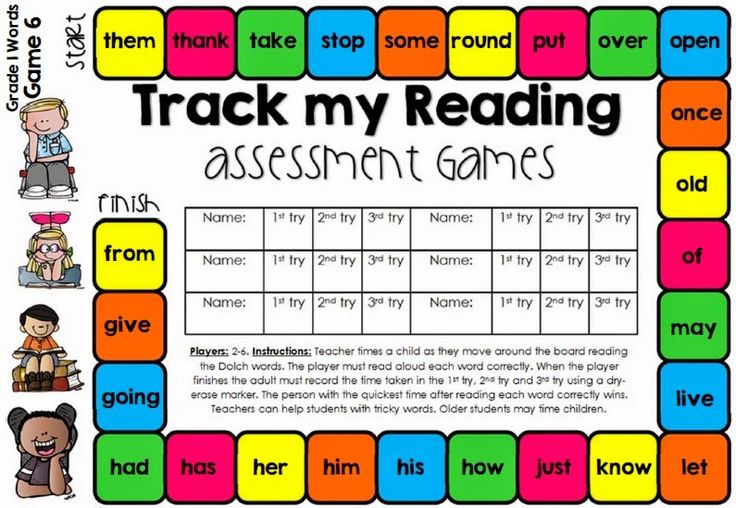 And do not forget one of the main rules of the game: it should bring pleasure to all participants in the process.
And do not forget one of the main rules of the game: it should bring pleasure to all participants in the process.
How to teach a child to read in a short time? 10 basic tips
- The speed of learning depends not only on the interest of the child, but also on the desire of the parents. Do not be afraid to modify the main algorithm, make it more original and unusual.
- You need to study every day not only so that the child does not lose interest, but also for better assimilation of the material. This approach greatly speeds up the process of learning to read.
- In order not to return to the already studied material and thereby stretch the process, it is better to make sure that the baby has perfectly mastered the individual blocks of information. Go back to the past, read the same books, repeat syllables, sounds and words.
- The child should see that reading is an important or at least a habitual part of everyday life. Then he will be interested in the learning process.
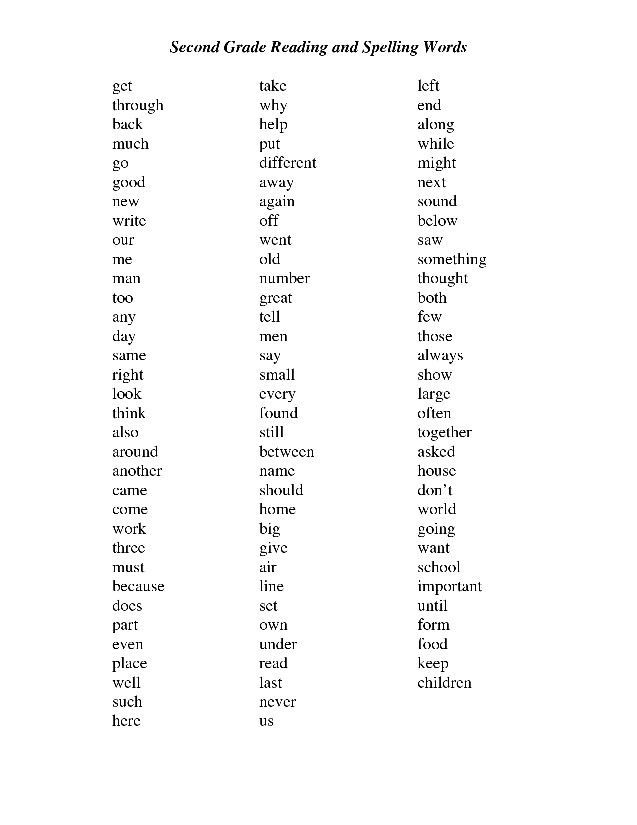
- Refrain from spelling words. As soon as the baby learns the basic sounds, immediately proceed to syllabic reading. You can use special tables.
- Educational items such as flashcards can be made together with the baby. Then he will be even more interested during the classes, since he himself took part in the preparation.
- Classes should be varied. Engage in outdoor games, such as making letters out of your fingers or your own hands and feet. Use everyday objects to master the letters. Let the child name all the objects in the room with the letter "M" and so on.
- When purchasing educational books, be sure to check that they are appropriate for your child's age. Too difficult material will slow down learning, as you will not be able to move to the next level at a normal pace. Too simple material will not give any effect.
- Pay attention not only to the development of reading skills, but also to exercises for memory, concentration, and speed of thinking.
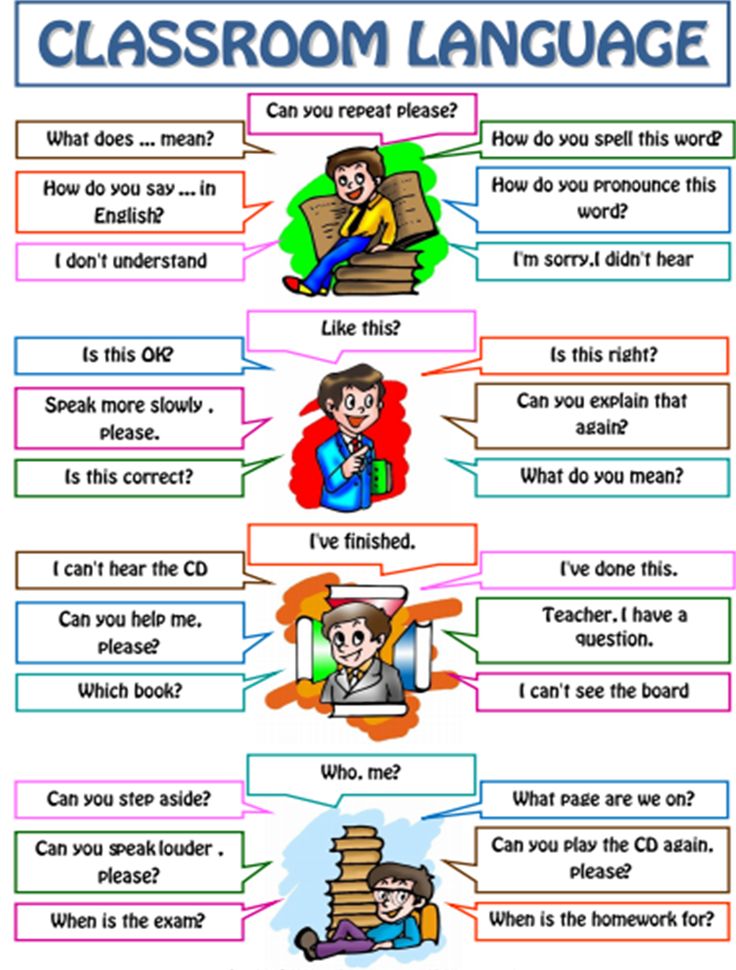
- Don't try to achieve high reading speed right away. It is important that the child understands the meaning of what he read, remembers and can retell. The more practice you have, the more your speed will increase.
📖 Blitz questions and answers
📕 What reading technique is normal for children?
As we have already said in this article, it all depends on the age of the child. At 6-7 years old, the child should read at least 30 words per minute, at 8-9years, the minimum norm increases to 50 words. At 11-12 years old, the number of words should exceed 70. The beginning of high school is the lower limit of the norm of at least 100 words per minute. In the process of studying in high school, the number of words on average is 120-150 per minute.
📗 What if the child does not want to learn to read?
Get him interested in interesting practical exercises.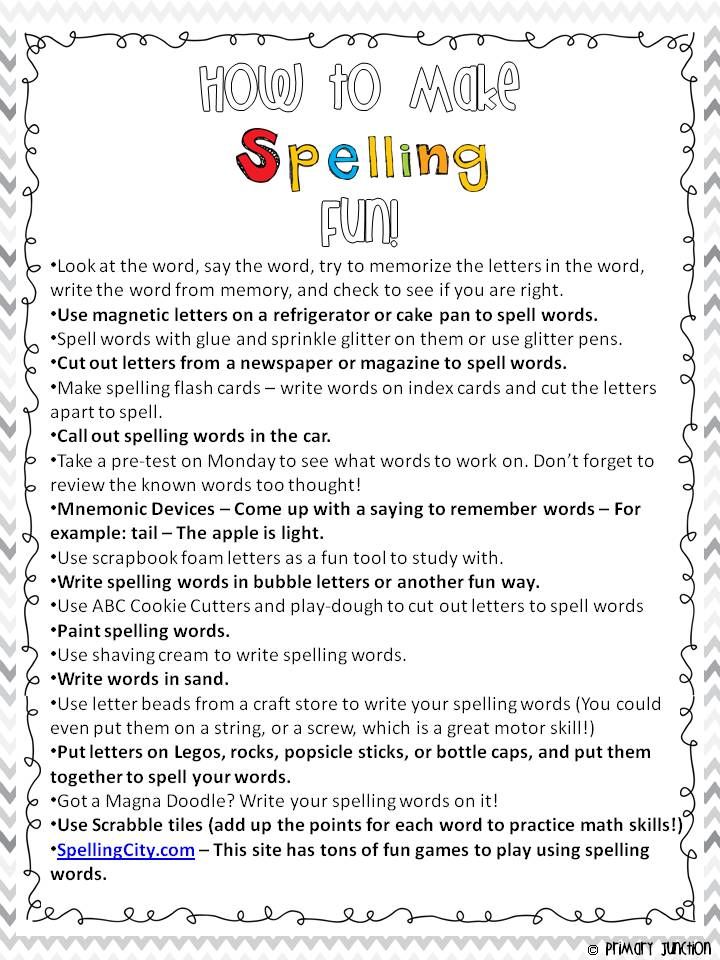 We have collected some of them in our workbooks. Stories that you can write about your child yourself work cool, and he will read. You can do this when the base for reading has already been formed.
We have collected some of them in our workbooks. Stories that you can write about your child yourself work cool, and he will read. You can do this when the base for reading has already been formed.
📘 How can I check how fast my child is reading?
Especially for this purpose, we came up with and implemented a free reading speed test. You can pass it too :). Here at this link. The bottom line is that first you read the text thoughtfully at your usual pace, and then answer the questions. The system will calculate everything itself and issue a certificate which will indicate your actual reading speed. Don't forget to share this certificate with your friends on Instagram :).
📙 I don't want to read all this. Have a video or podcast?
Although this is very sad to hear, we also prepared a video for you - here we have a whole channel about the problems of speed reading in adults and children.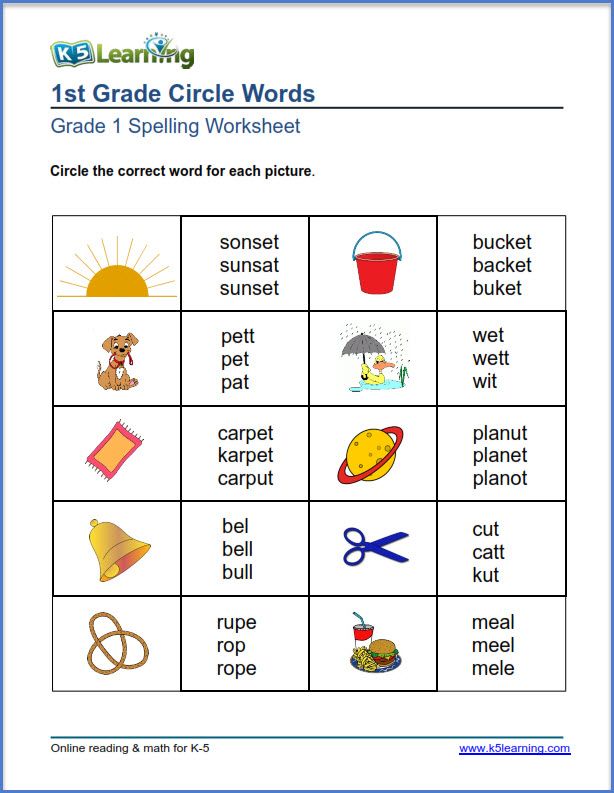 But think about how you are going to instill a love of reading in your child if you do not like to read yourself? Here is a short video on how to start learning to read quickly yourself before pestering a child. 🙂
But think about how you are going to instill a love of reading in your child if you do not like to read yourself? Here is a short video on how to start learning to read quickly yourself before pestering a child. 🙂
Conclusions
It is fair to note in the conclusions that modern and progressive parents do not even have a question whether to teach their child reading or fluent reading skills at the next stage. This is the knowledge that your offspring needs to get in order to be successful, competitive and stand out among their peers. The only question is which way you will go and whether you can instill in your child a true love for books and new information. May you succeed!
Please add this picture to your Pinterest account 🙂
If, of course, you liked the summary of the article “How to teach a child to read? Quick and easy”, and if not, then write about it in the comments…
📝 Feedback from our readers on the process of teaching their children to read
did not like in our article, instructions and workbooks.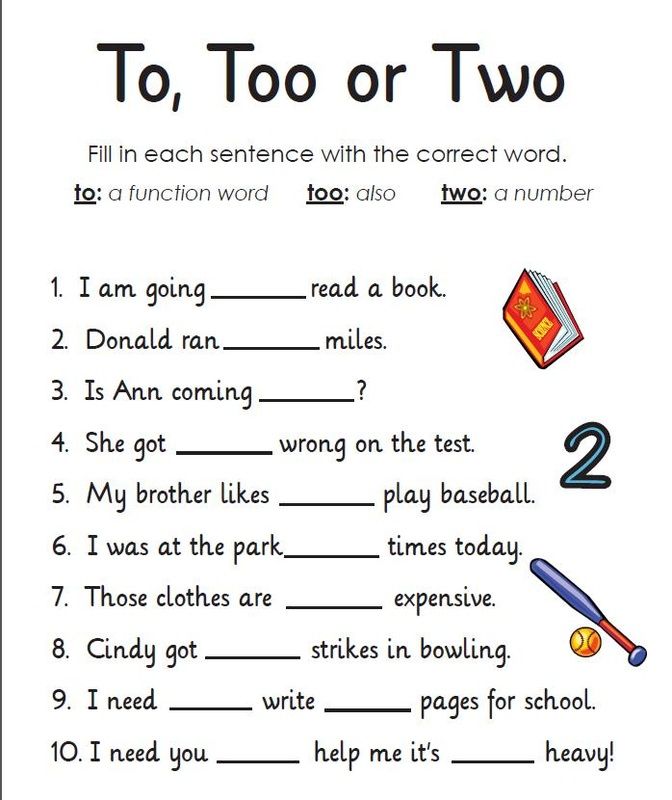 What methods do you use to teach your child to read quickly? What didn't work? 🙂
What methods do you use to teach your child to read quickly? What didn't work? 🙂
What is dyslexia and how to cope with it
Not all children can learn to read and write with the same success, and it may not be laziness or inattention at all. Parents of these children are increasingly hearing the word "dyslexia". This is a whole complex of problems that arise when mastering various skills: reading, mathematics, writing, orientation in space and time, coordination and motor skills. Maria Stulova, a specialist in dyslexia correction, the first Russian methodologist licensed by the international association DDAI, talks about what it is and how to help a dyslexic child.
Maria Stulova, dyslexia correction methodologist, member of the international dyslexia association DDAI, kinesiotherapist
As a specialist with many years of experience in the field of dyslexia, methodologist and mother of a dyslexic child (my daughter is almost 20 years old), I want to share my observations, experience and knowledge.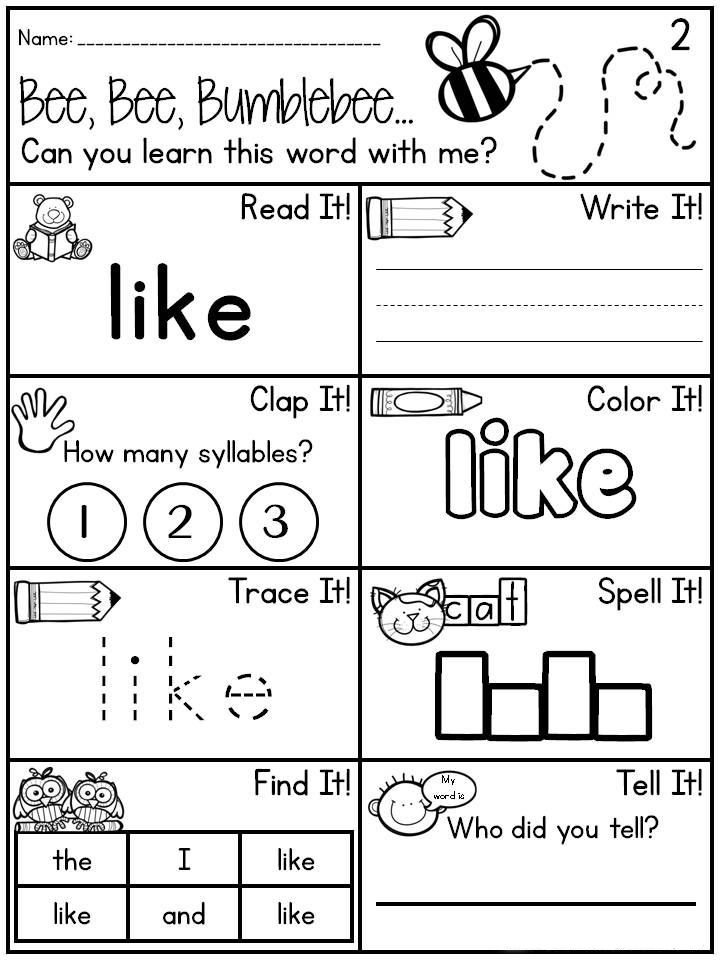
Dyslexic children may be exceptionally gifted, but they also suffer greatly from the difficulties associated with dyslexia, from rejection of peers and, worst of all, teachers.
How to recognize dyslexia
First of all, don't look for dyslexia in a child under 8! Ridiculous errors in reading and writing, "mirror" and "jumping" letters - all this is acceptable for a child at the first stage of mastering reading and writing skills. It is worth worrying if the situation has not changed by the end of the first grade.
What distinguishes a dyslexic child? There is a set of characteristic features that can differ and change. And this inconstancy is also a sign of dyslexia.
Common features
The dyslexic child seems to be very smart, but he reads and writes worse than his classmates. Often he is considered lazy and lagging behind both in studies and in development. Naturally, he has low self-esteem, he is very worried.
Such a child often daydreams, is easily distracted, forgets about the time, loses attention.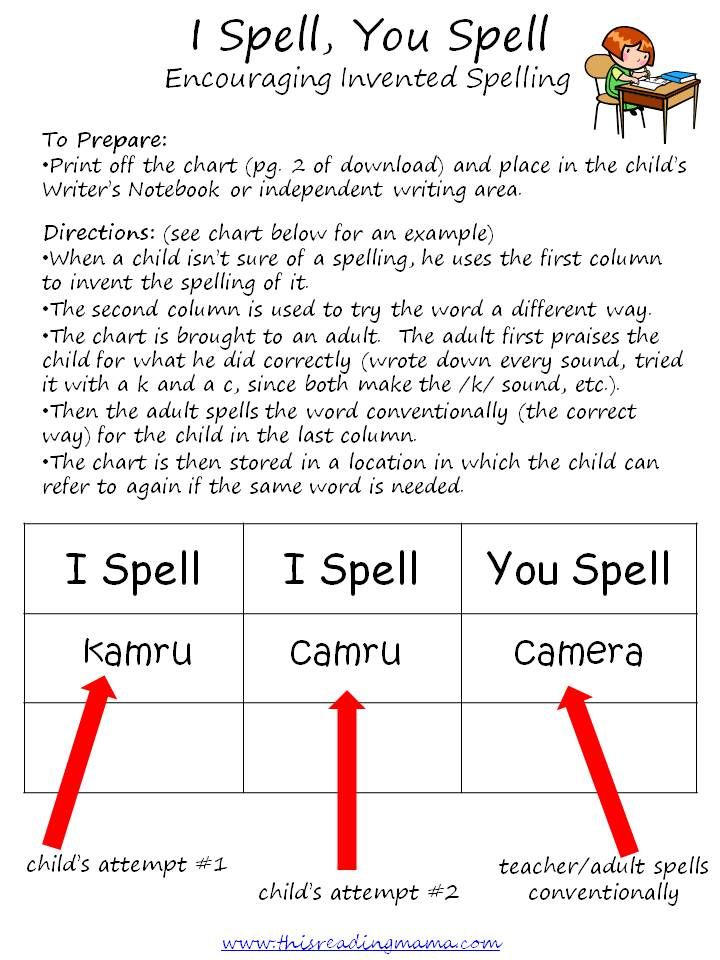 He learns the material best through practical experience, experiments, observations and visual aids.
He learns the material best through practical experience, experiments, observations and visual aids.
Reading, spelling, vision
When reading, a dyslexic complains of dizziness, nausea, or headache. And letters, numbers, words, verbal explanations confuse him.
When reading, the child thinks out the endings, does not read the words, rereads several times, but practically does not catch the meaning. Frequent repetitions, additions, permutations, omissions and substitutions of letters, numbers and words are noticeable.
He writes with a huge number of errors, skipping, duplicating or replacing letters. Often there are no capital letters, punctuation marks; can write several words together without making spaces.
The child feels or sees non-existent movements while reading, writing or copying.
Appears to have difficulty with vision, although testing shows normal vision.
Hearing and Speech
A dyslexic person has good hearing, is able to hear things that are elusive to others, and is easily distracted by various sounds.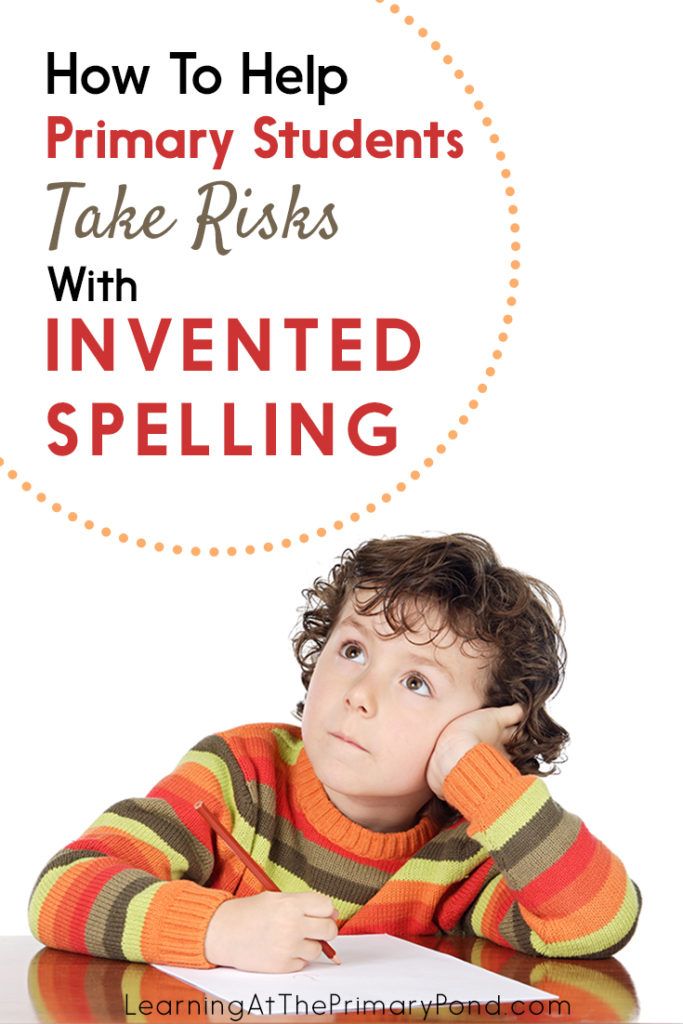
He has difficulty expressing his thoughts, his speech is poor, monosyllabic; speaks with hesitations; does not complete sentences; stutters when excited; pronounces long words incorrectly; swaps phrases, words and syllables; has difficulty with sequencing.
Writing and motor skills
Dyslexic has choppy or illegible handwriting. It is difficult for him to write and rewrite texts. He holds a pencil or a pen in an unusual way.
Often confuses right and left, up and down, has poor coordination of movements, which makes team sports and ball games unsuccessful. There is a susceptibility to motion sickness.
Mathematics and time
A dyslexic has difficulty understanding the conditions of tasks, determining and calculating time, and dealing with money. For calculations, he uses finger counting and other tricks. Knowing the answers, he cannot do calculations on paper.
Memory and cognition
A dyslexic child has an excellent long-term memory for experiences, places and faces.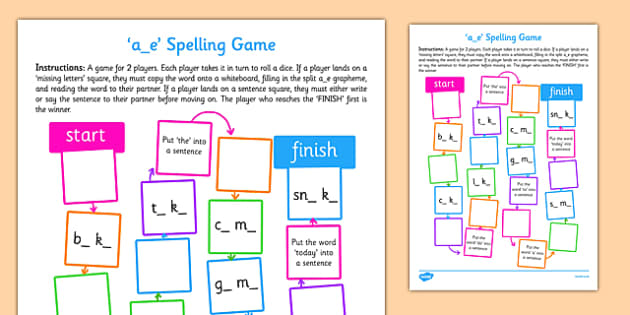 He is very observant and remembers in detail the events that have become his personal experience. At the same time, such a child remembers poorly the information that he did not receive in practice. He thinks more often with the help of images and sensations, rather than sounds and words.
He is very observant and remembers in detail the events that have become his personal experience. At the same time, such a child remembers poorly the information that he did not receive in practice. He thinks more often with the help of images and sensations, rather than sounds and words.
Behavior, health, development and personality
A child with signs of dyslexia is intellectually normal. But his behavior lags behind his age. Often the emotional maturity of a 17-year-old teenager corresponds to 13 years. A dyslexic can be both extremely disorganized and very pedantic, and in the class he can play the role of a jester, a bully, or a silent person. He has a keen sense of justice and emotional sensitivity.
The number of errors in reading and writing and other symptoms increases sharply with difficulties, stress, as well as rush and health problems.
How to find the cause of dyslexia
There are two main approaches to identifying dyslexia.
The first is pedagogical : here we see the presence of symptoms, but there are no violations of the physics of the body and psyche. This can be determined after a thorough medical examination. In this case, science is not yet able to explain the causes of dyslexia.
Dyslexia can be observed in a clinically healthy child who is cheerful, open, free to communicate, and sad and upset only when it is time to sit down for lessons. This form lends itself well to pedagogical correction with a specialist.
Second - clinical psychological : symptoms of dyslexia appear when there are disorders that affect the functioning of the brain. These can be mental disorders, neurological diseases, developmental pathologies, and so on. To find these violations, you need to contact specialists.
Dyslexia is not a disease, it does not need treatment by itself!
Neurologist
Get the maximum possible examination: encephalogram and tomography of the brain, dopplerography of blood vessels.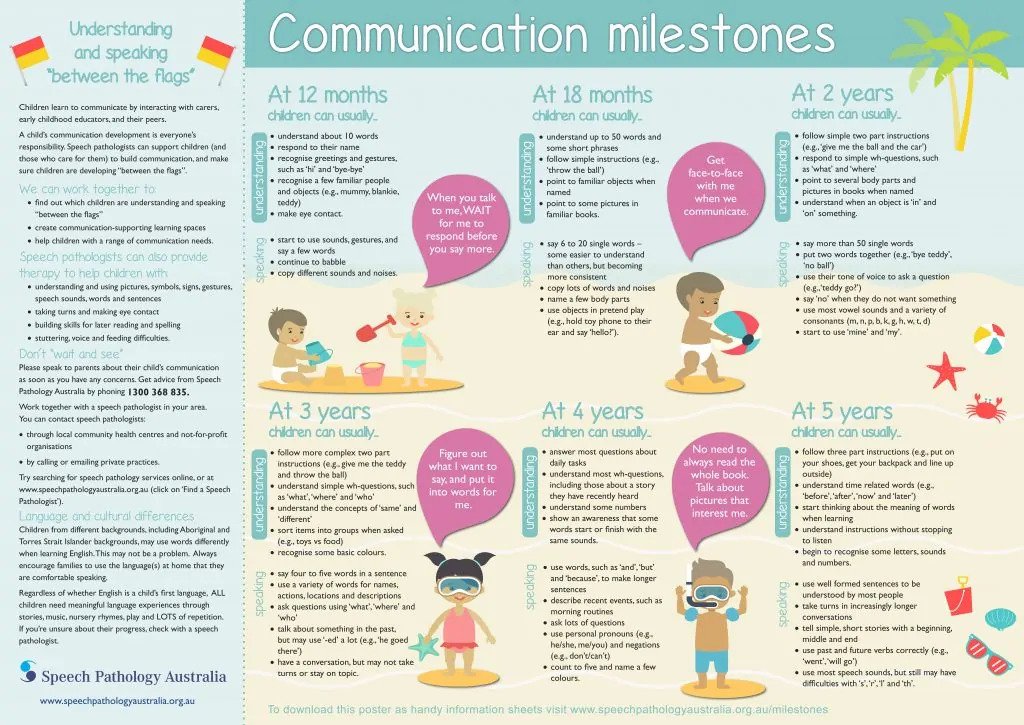 It is important to determine whether dyslexia is a consequence of some objective causes. But it is much more important to identify or exclude serious pathologies, disorders, malfunctions in the functioning of systems that affect the functioning of the brain in time. Contact neurological diagnostic centers and institutes. If problems are identified, medical attention may be needed.
It is important to determine whether dyslexia is a consequence of some objective causes. But it is much more important to identify or exclude serious pathologies, disorders, malfunctions in the functioning of systems that affect the functioning of the brain in time. Contact neurological diagnostic centers and institutes. If problems are identified, medical attention may be needed.
Psychologist
Any dyslexic needs the help of a psychologist. It will help you identify your child's stress level and find its causes. Dyslexics often have communication problems, difficulties with household chores: going to the store on their own, traveling by transport. Fear and misunderstanding of what is happening to them make them withdrawn and even more incomprehensible to others. And this makes their socialization even more difficult.
Neuropsychologist
The task of this specialist is to build new neural connections. This process takes at least 9−12 months. If you are offered two-week or three-month courses, this is unscrupulous work and pumping money.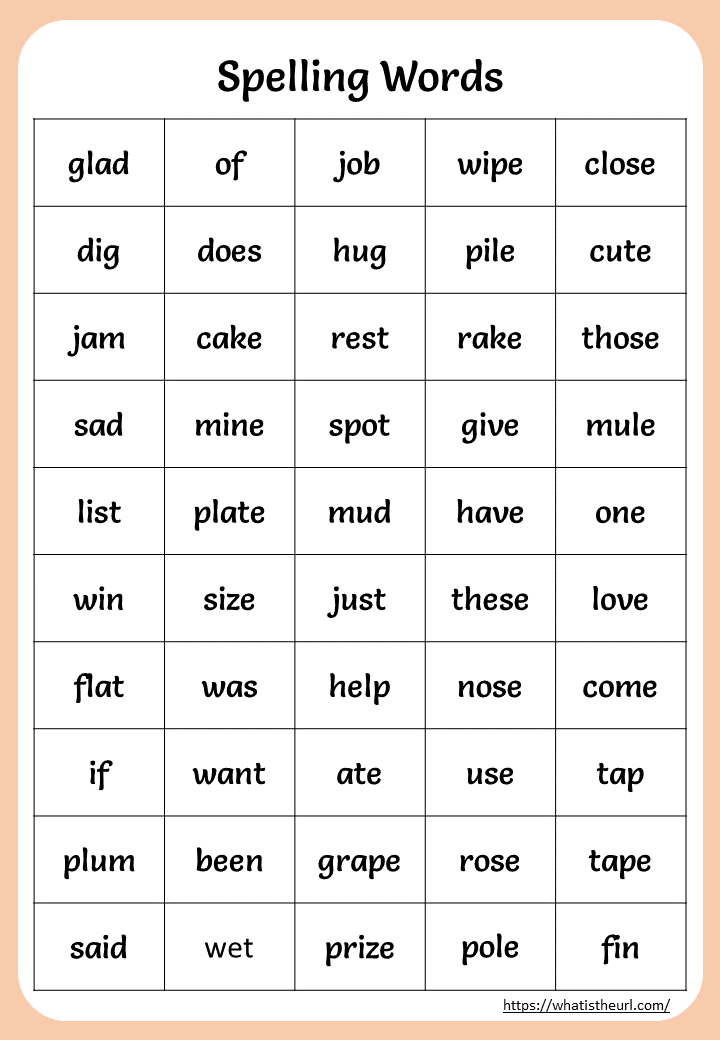
How to deal with dyslexia
Is it possible to get rid of it? But we cannot change the perception of the world of a dyslexic and the work of his brain. If we want to deal with dyslexia, then we must dial
patience , show your attention, participation and support to a child suffering from this ailment. And dyslexia specialists will teach him the ways of mastering information that are right for him.What is dyslexia correction
If treatment is needed for disorders that cause dyslexia, then its duration and effectiveness should be asked from doctors.
We are talking about the correction of dyslexia in cases where the child is clinically healthy. The Davis method, which is now considered the most effective tool for correcting dyslexia, is suitable here. The Davis method is an understanding of the perception and vision of the world of a dyslexic from the inside. The method itself is based on a special approach to teaching children and adults.
This approach is highly effective and returns self-confidence in a very short time.
The indisputability of the methodology can also be assessed by the reaction of children who run to classes with pleasure. According to the guys themselves, they are understood here and speak the same language with them. Children step by step move forward, master the keys of the methodology and open one door after another to a new world.
Participation of parents in dyslexia correction
I consider it obligatory for parents to participate in the correction process and willingly share my knowledge with them. Correction required to build the missing connections in the brain. And for this time is needed ! The success of such work also depends on the motivation of the child, his desire to change the situation for the better, and on the degree of dyslexia itself. It can manifest itself in a mild form, or it can be such that the child cannot cope without the help of specialists and parents.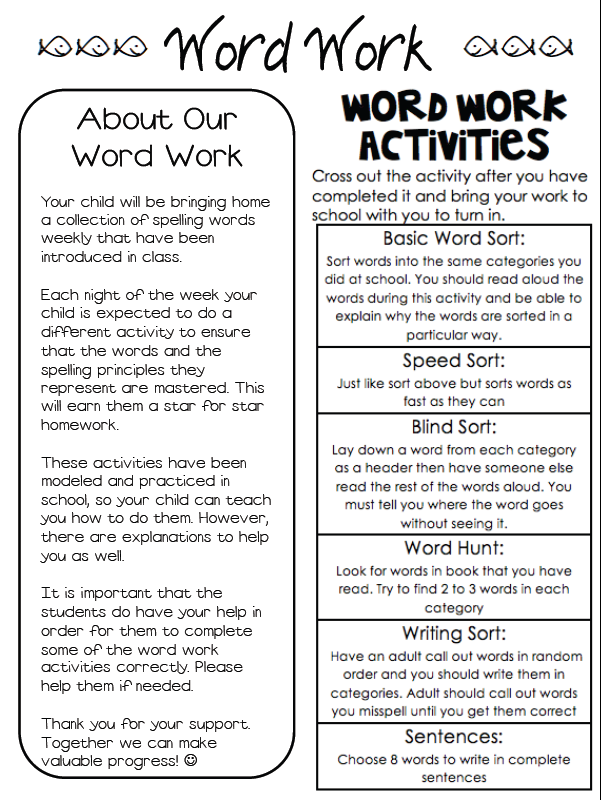
Help your child yourself
First of all, try to understand that your child has imaginative thinking. And this means that his thoughts are pictures. Nobody taught the kid to describe images, so it is difficult for him to express his thoughts in words. Words that are not associated with images are just sounds for him, from which he gets tired. That is why there is often a feeling that the child does not immediately understand everything. That is why dyslexia is a frequent companion of the diagnosis of ADD (attention deficit disorder). That is why the speech of a dyslexic child is often confused, inconsistent, monosyllabic, and it clearly feels a depleted vocabulary. Try to describe "La Gioconda" in words. Experienced confusion? The dyslexic child feels the same when he needs to communicate his thoughts.
Develop his speech
The first thing we need to do is start developing his speech and build up vocabulary. But your child will not understand you if you explain everything to him as you are used to - "in words".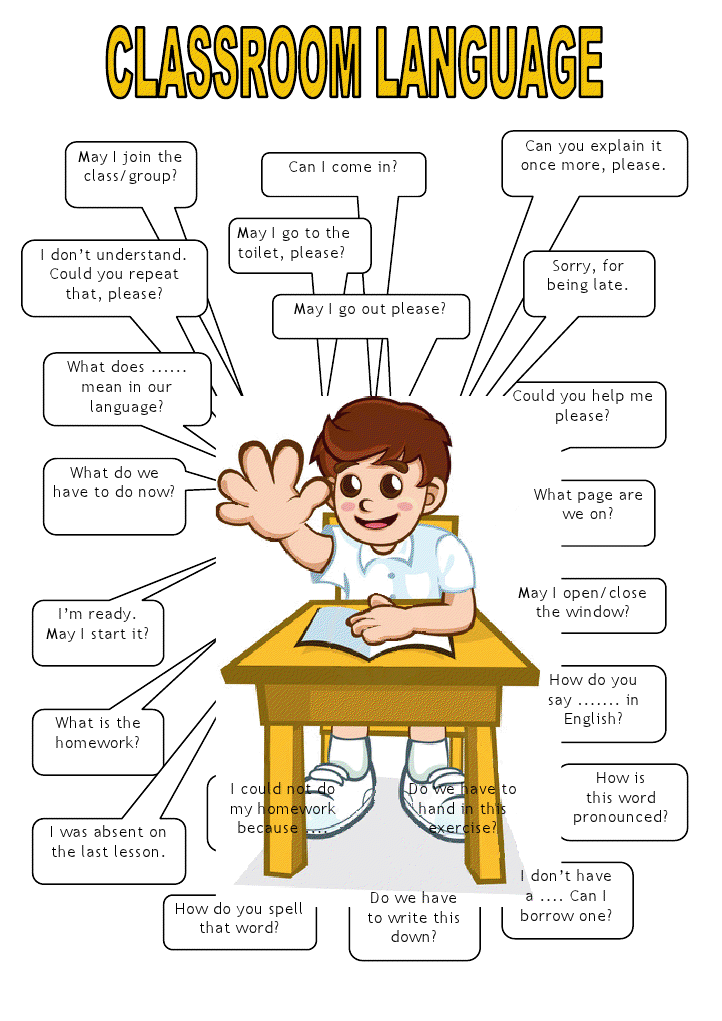 He needs pictures! You must learn to show him everything! There will be no problems with obvious things: these are objects, signs, actions. But what to do with prepositions, terms, interjections? Here you should come to the training seminar.
He needs pictures! You must learn to show him everything! There will be no problems with obvious things: these are objects, signs, actions. But what to do with prepositions, terms, interjections? Here you should come to the training seminar.
The dyslexic child learns and subsequently uses only what is his own life experience. Therefore, our task is to provide this experience to him. I advise you to stock up on dictionaries: explanatory, antonyms, synonyms, proverbs and sayings. Dyslexics take everything literally, they need to be taught to understand proverbs.
The development of speech should become a way of your life! Why is it so important? Teaching a dyslexic to read is not that difficult. But he will not be able to understand the text: in his mind there are no connections between the images in his head and the words. You need to study words in different meanings. A preposition alone can have from 5 to 15 meanings. Similar difficulties can arise with mathematics and with other subjects for the same reason.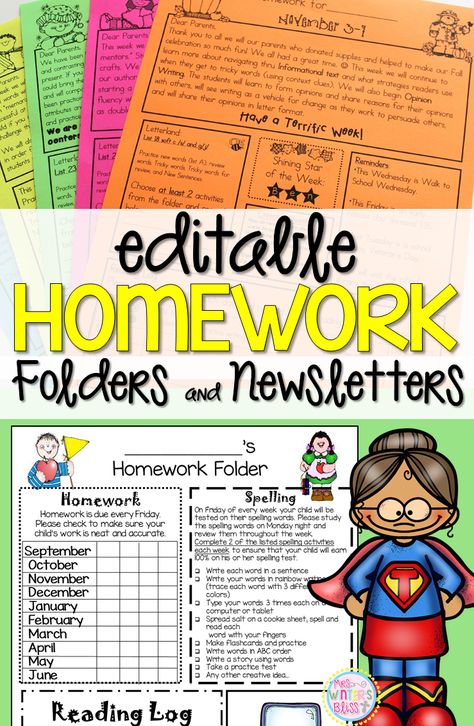 Numbers, notes, punctuation marks are all the same symbols, they are abstract for a dyslexic.
Numbers, notes, punctuation marks are all the same symbols, they are abstract for a dyslexic.
Don't force reading
Until a child has been corrected for dyslexia, reading causes great difficulty. Imagine that you are reading in a moving car that is shaking a lot on the road. You will not read and put the book away. The same goes for a dyslexic, but we make him read! The result is tantrums, headaches, nausea, tears...
Read to him yourself, give more visual information: films, performances. All school anthologies exist in audio format, there are enough records of radio performances on the Internet.
Introduce to sports
Exercises for balance and coordination of movements are especially important: this is the formation of interhemispheric connections. Wushu, qigong, yoga, trampoline are suitable here. As well as breathing exercises: it allows you to achieve balance, balance the internal state!
Be sure to contact a specialist, get diagnosed and receive recommendations regarding your child.